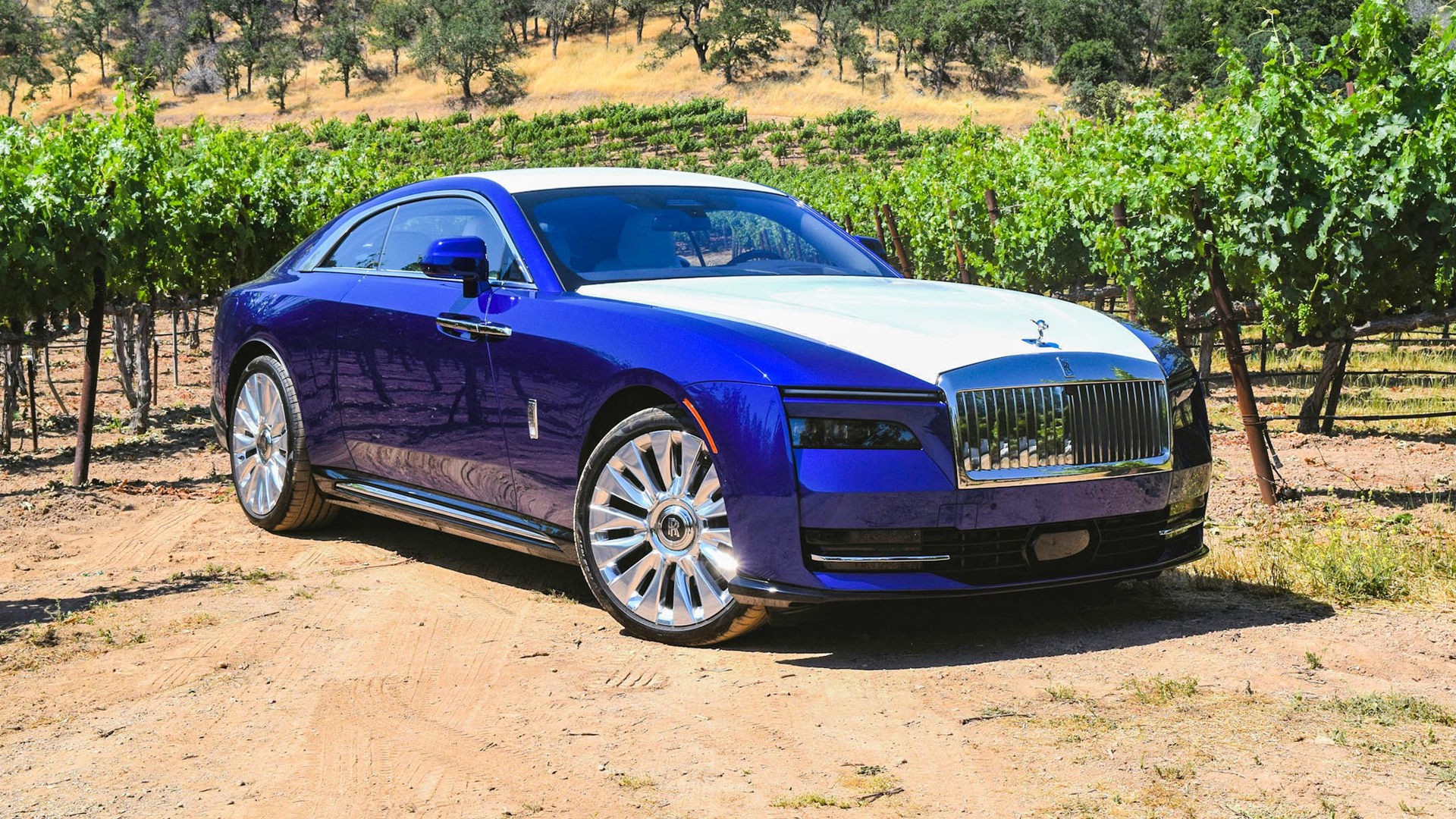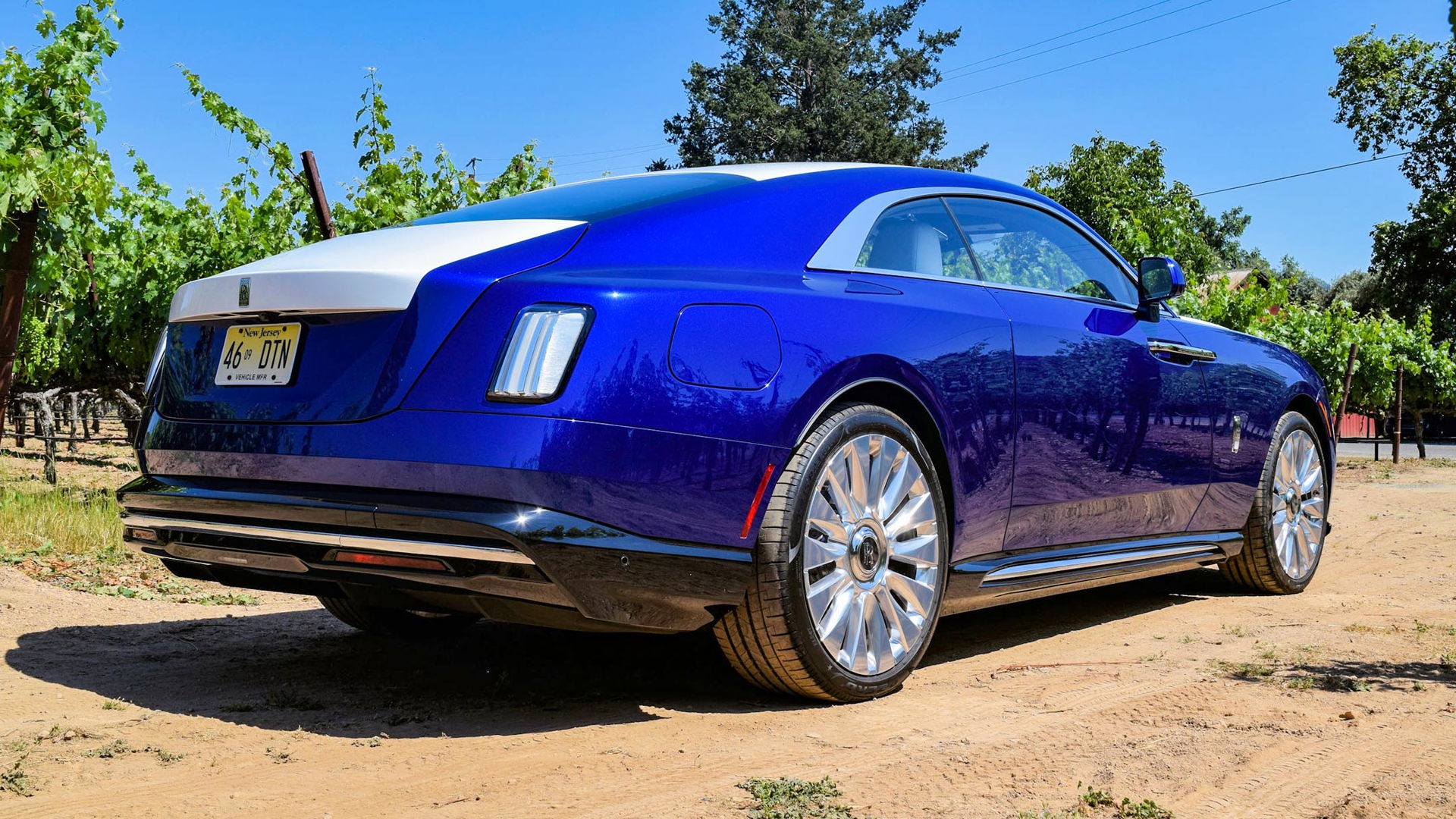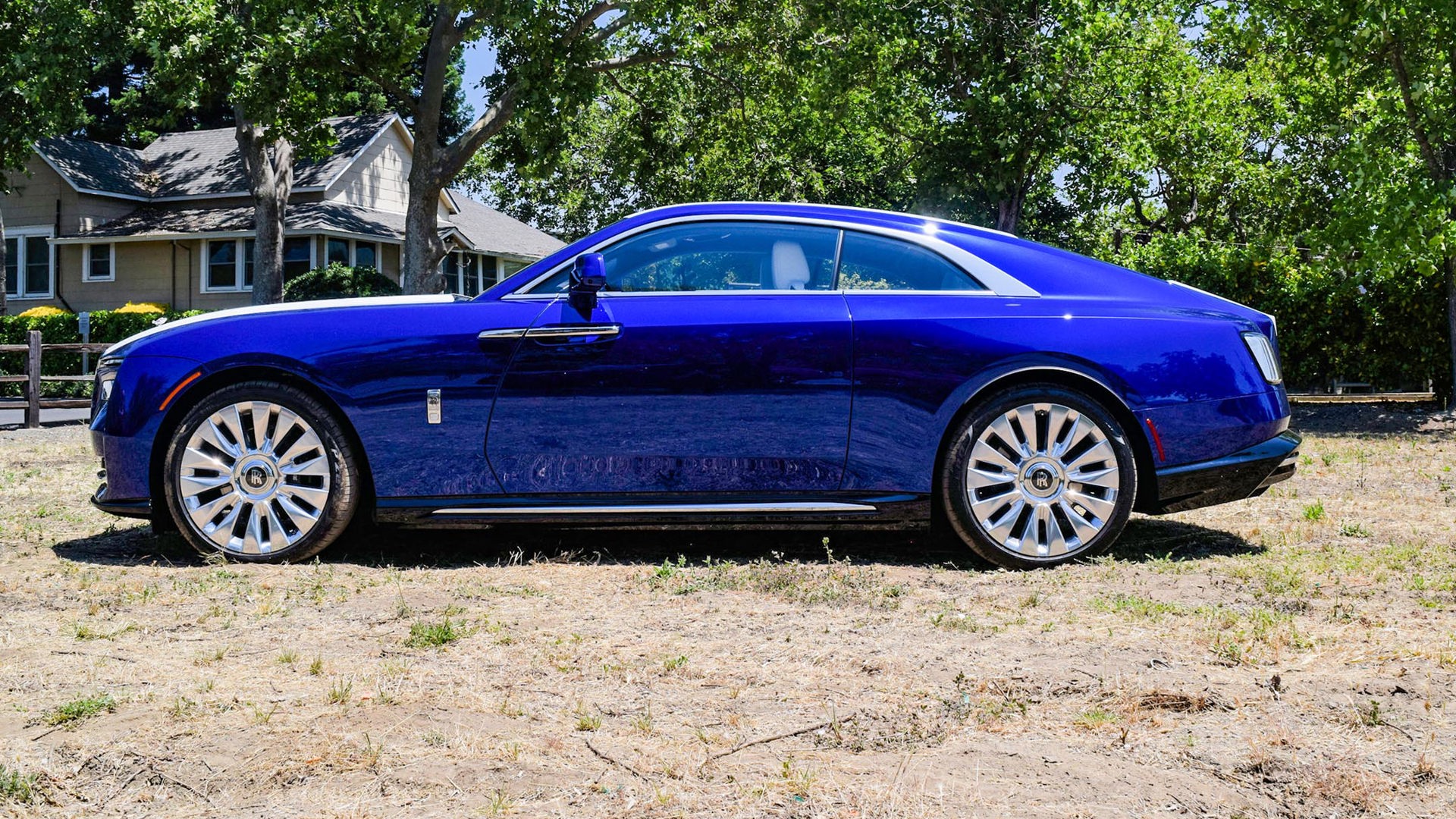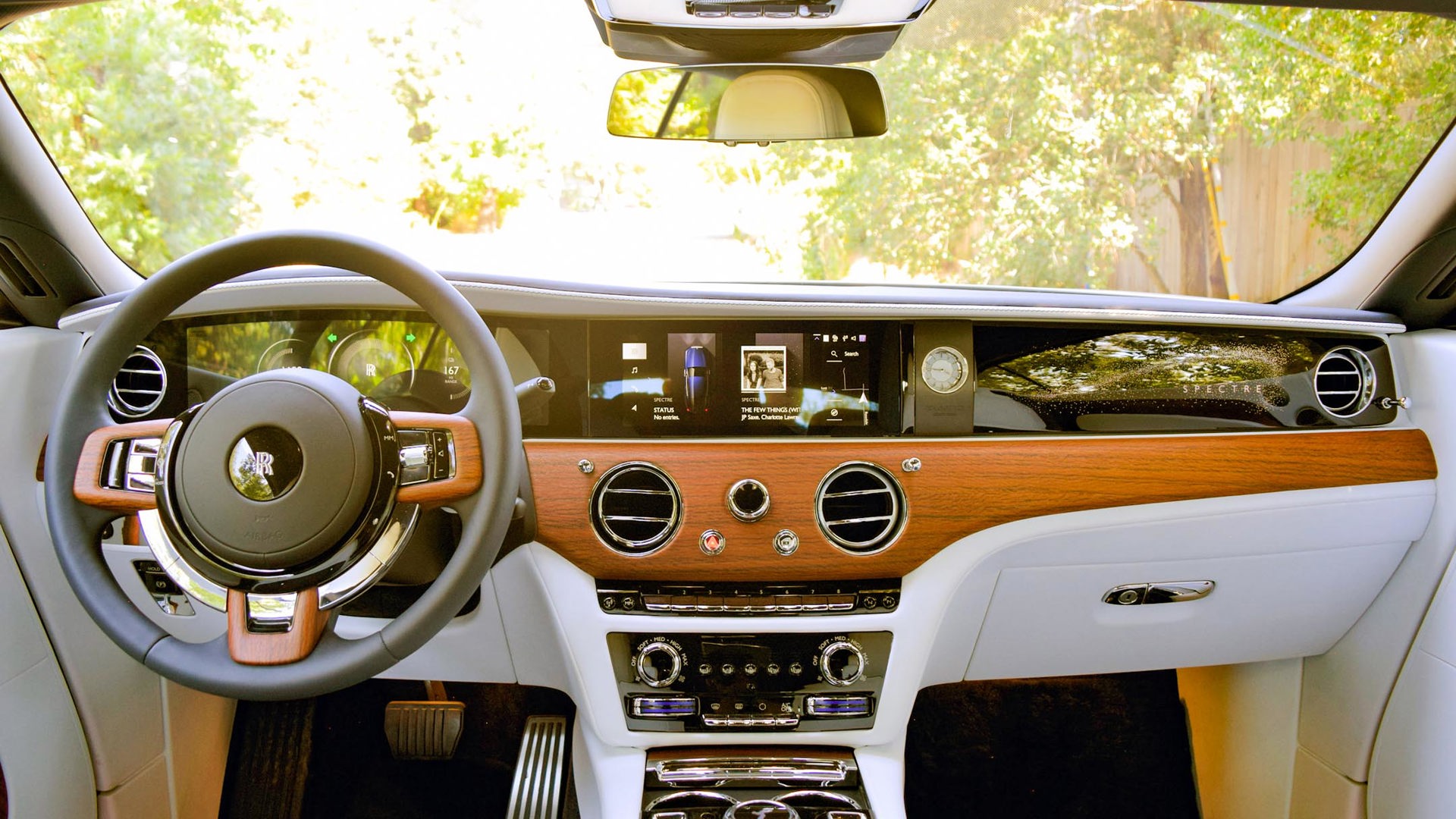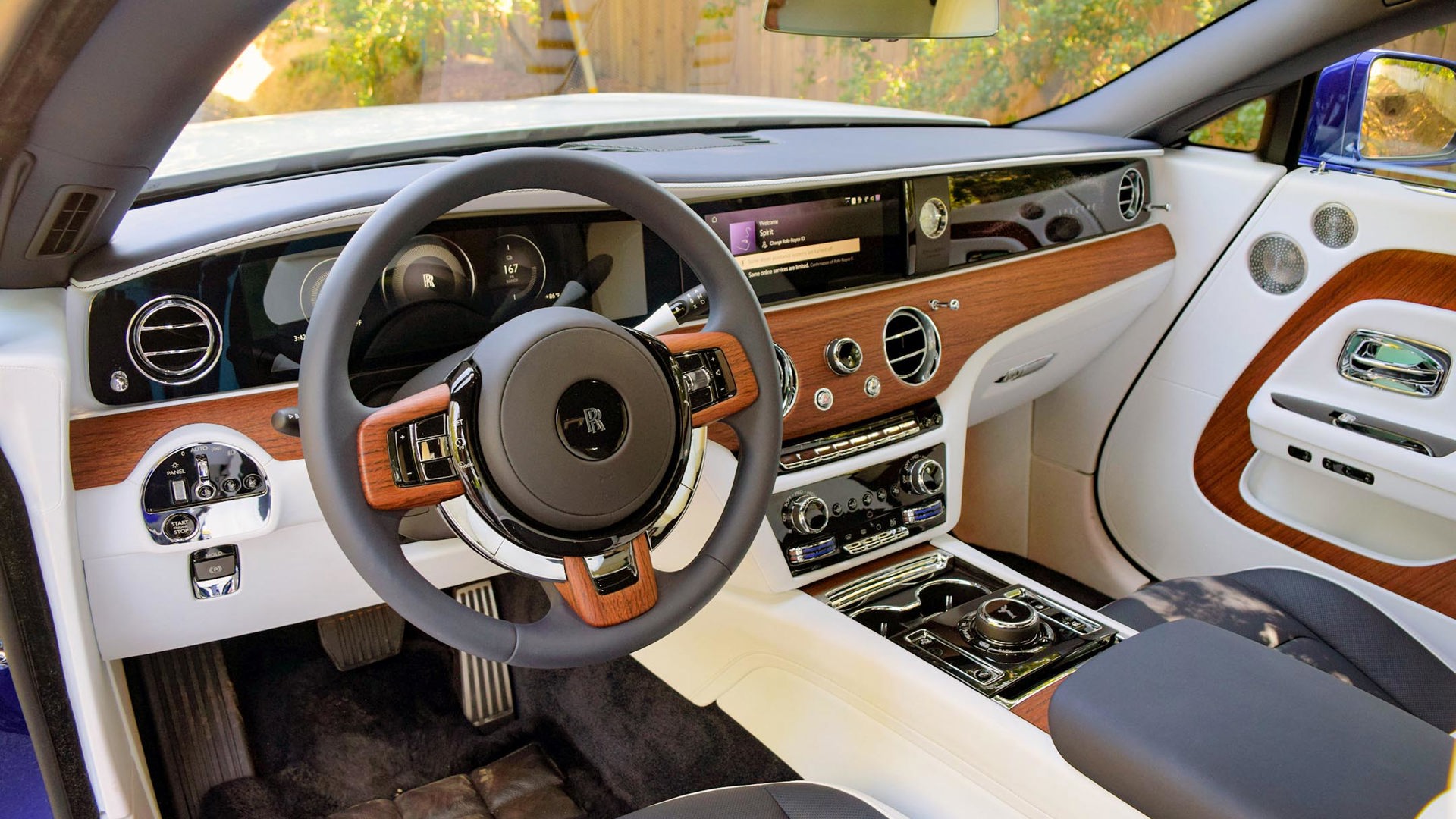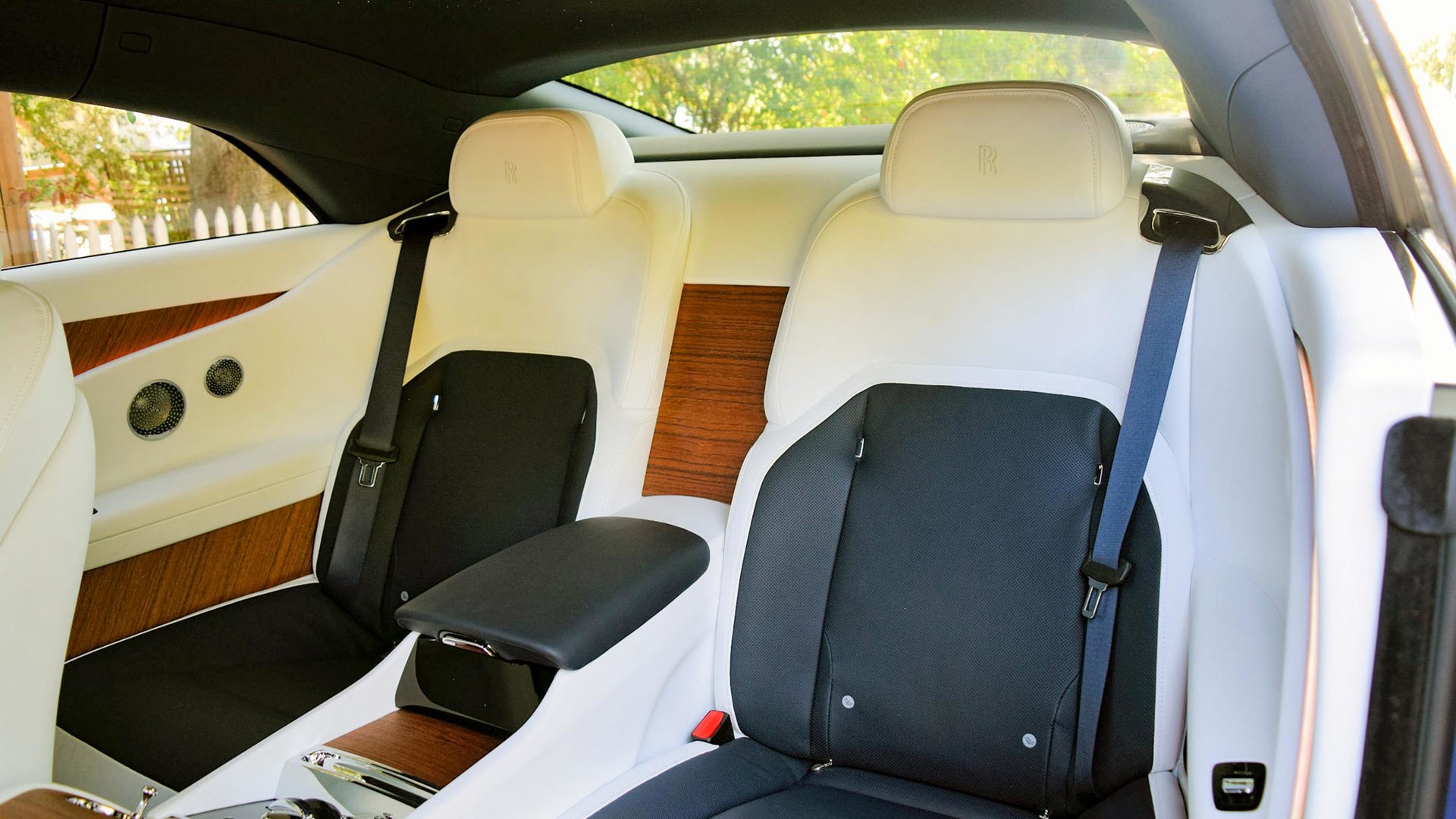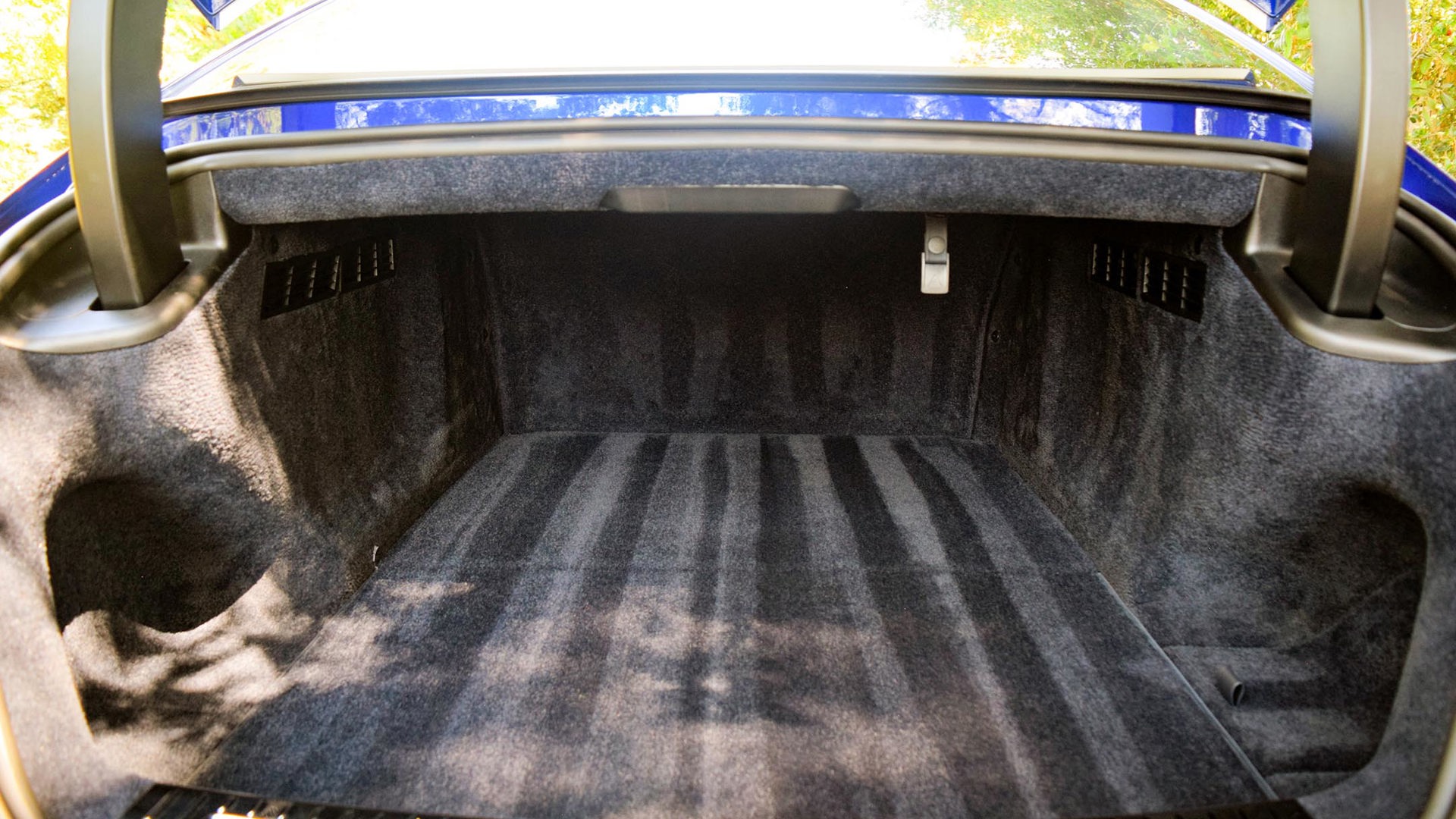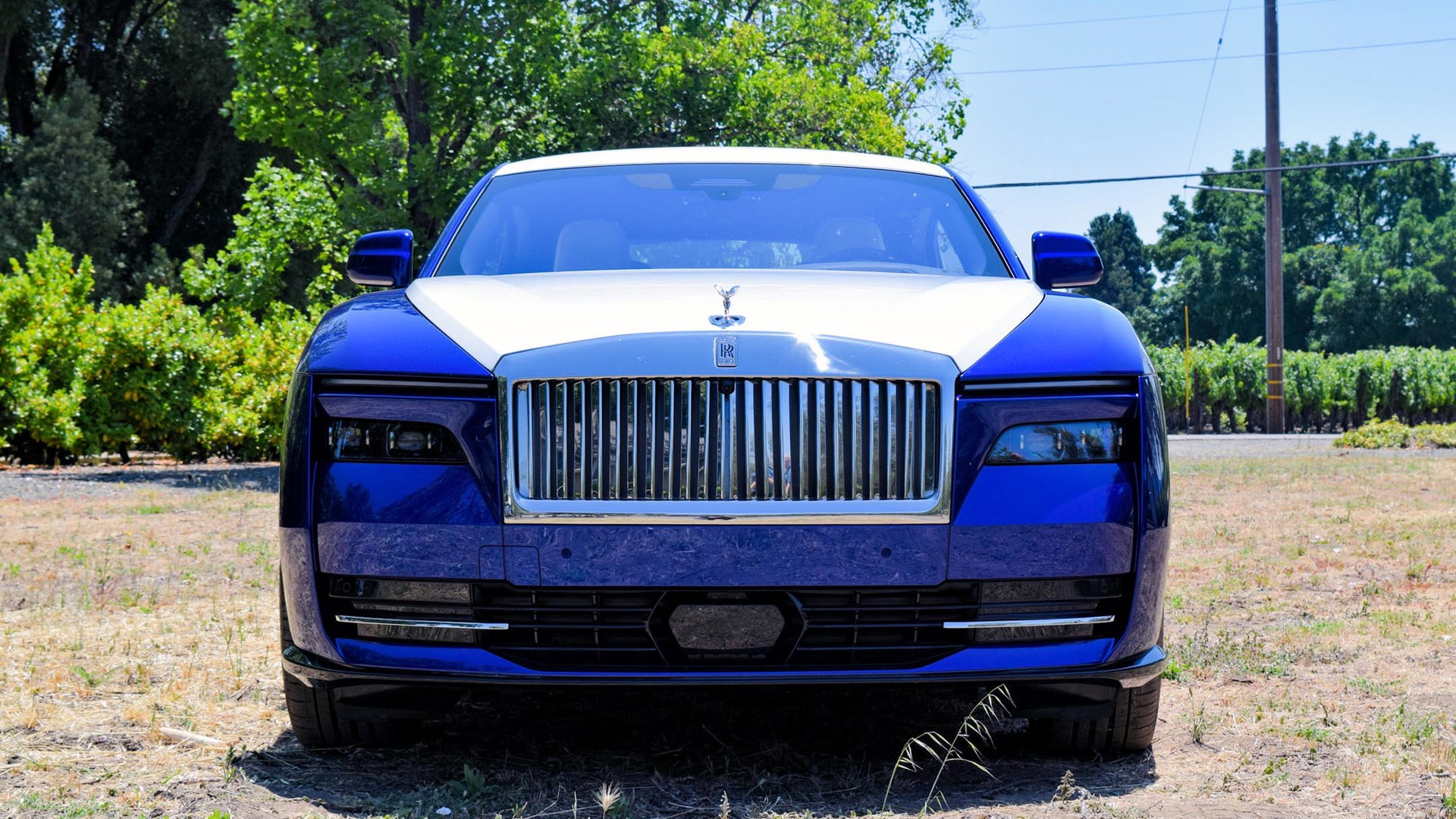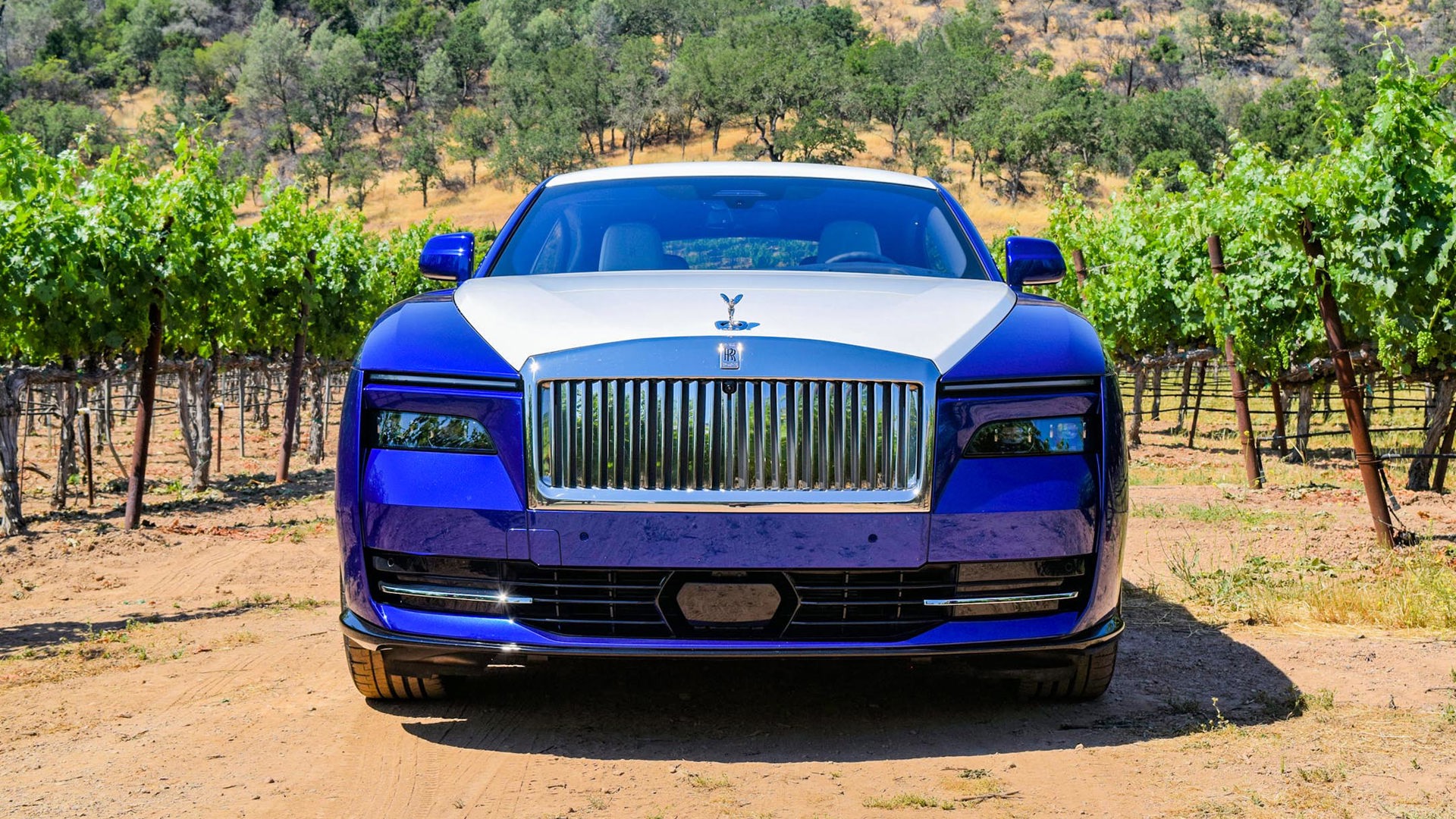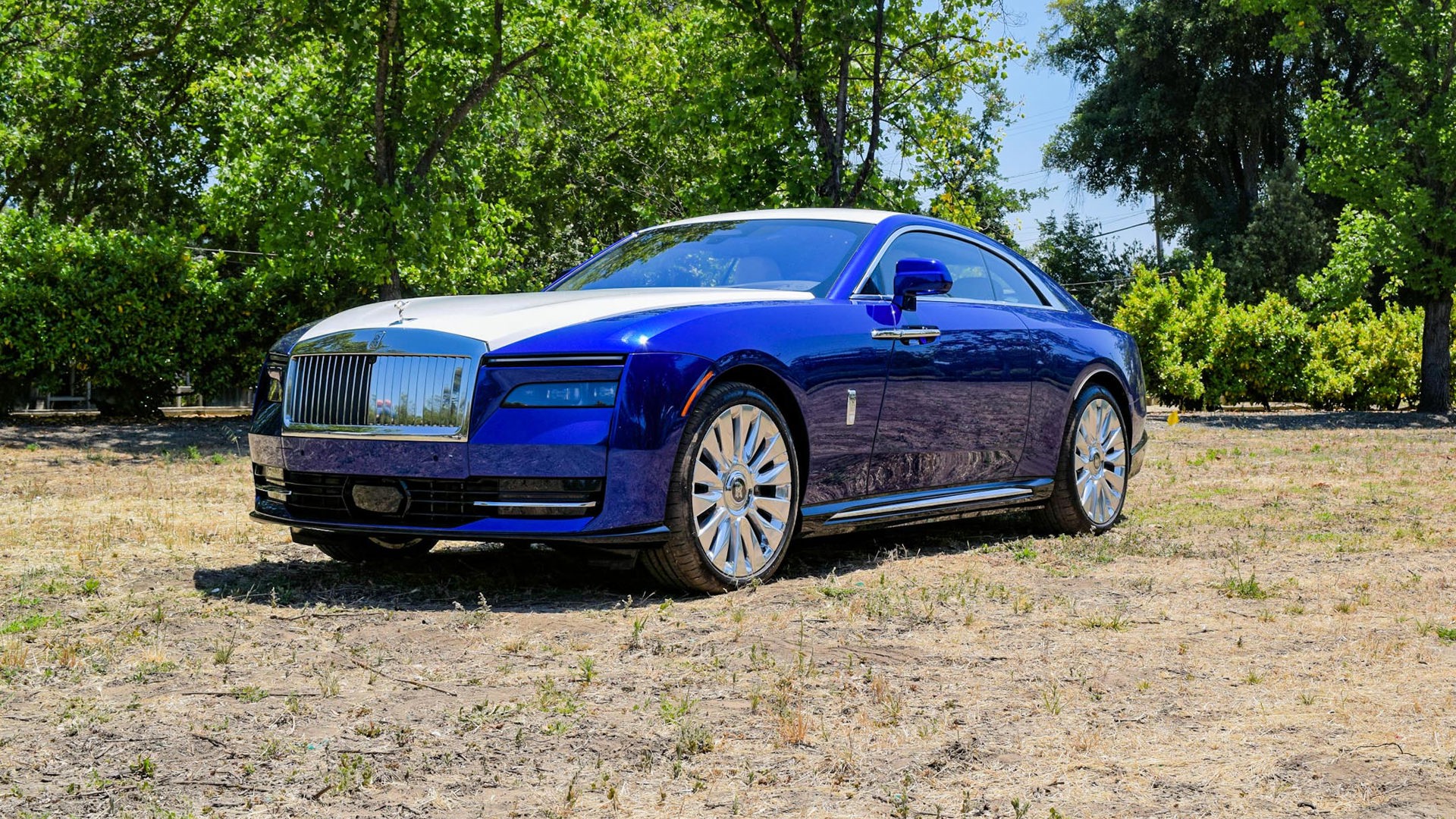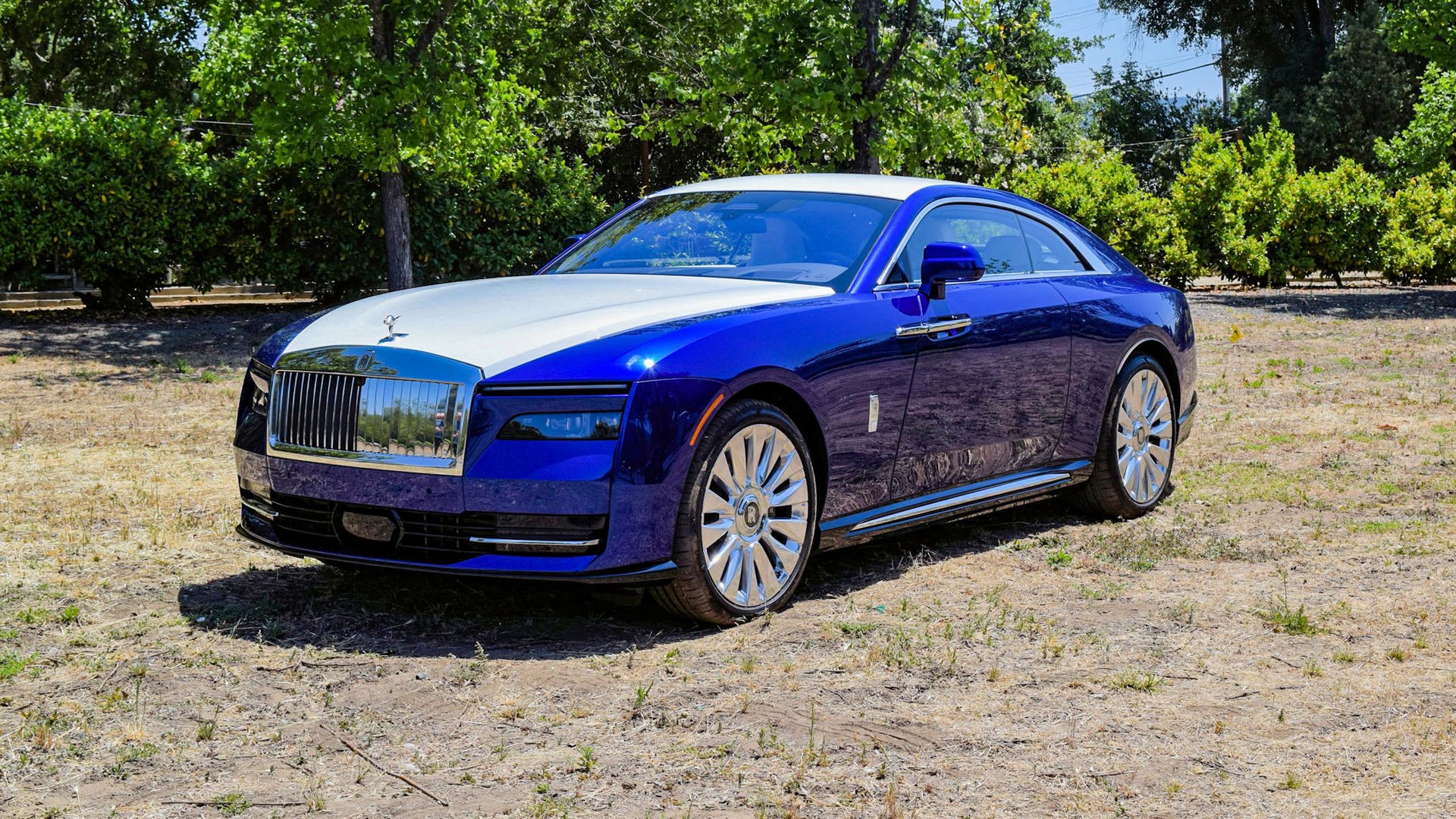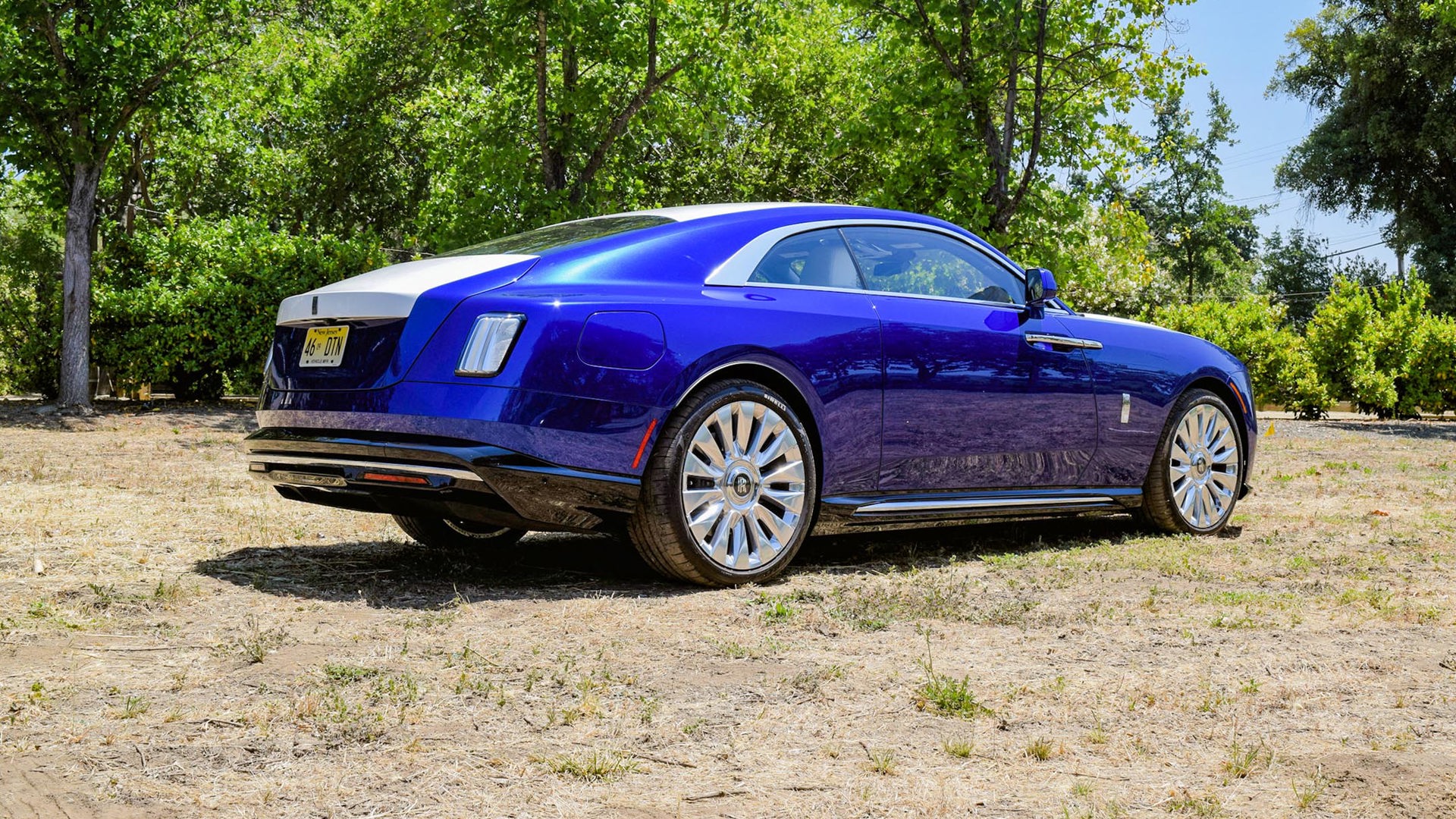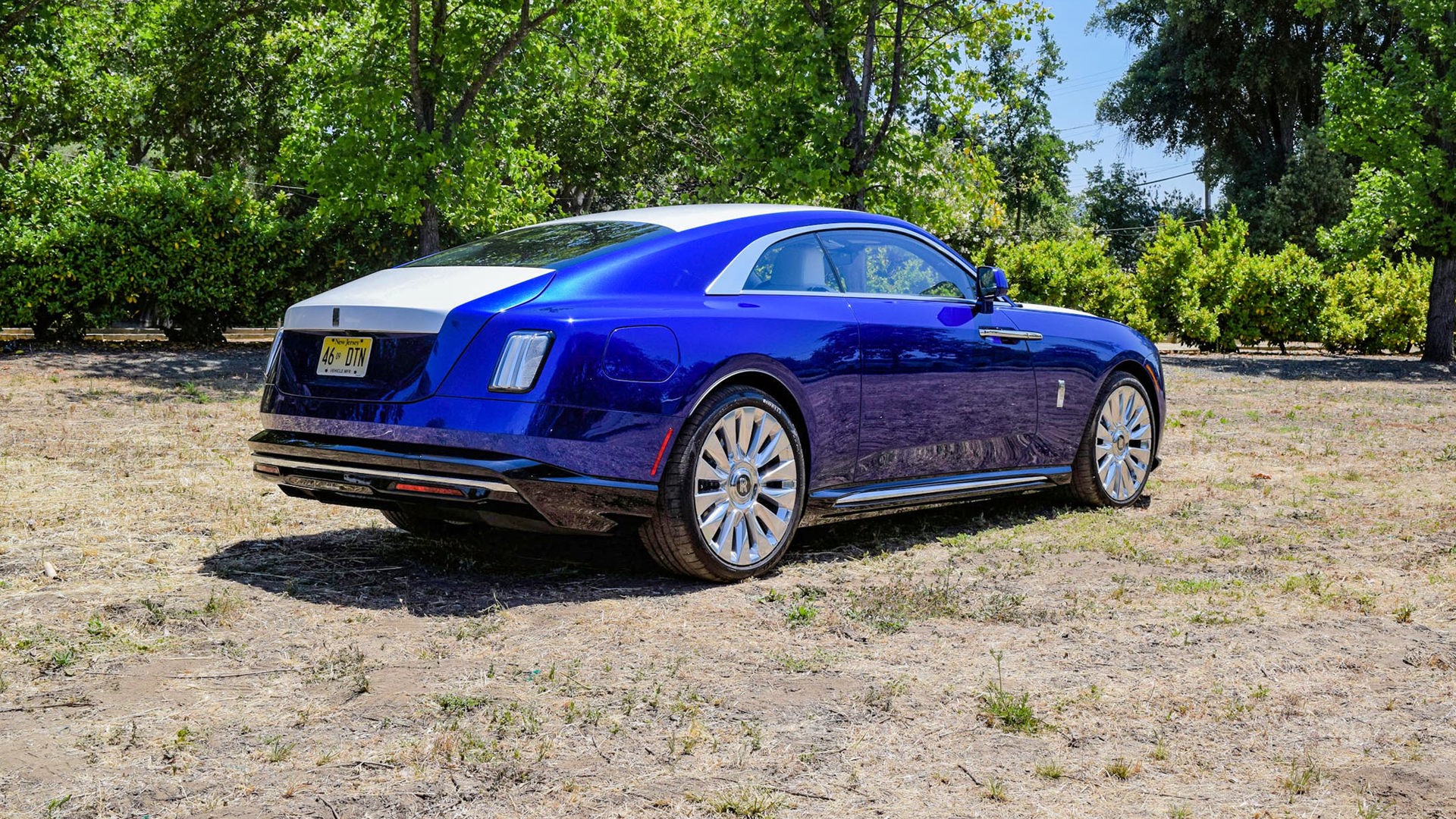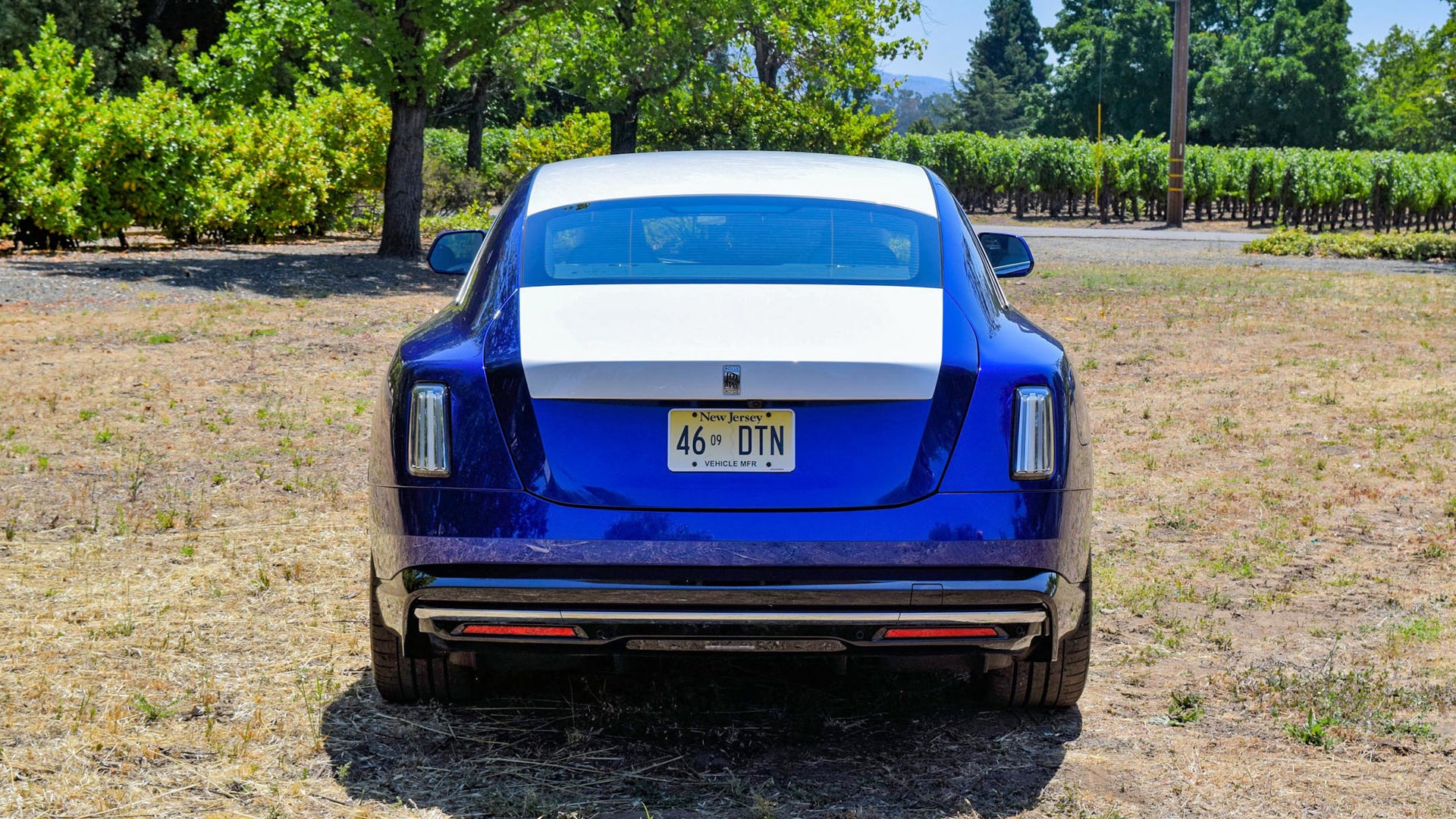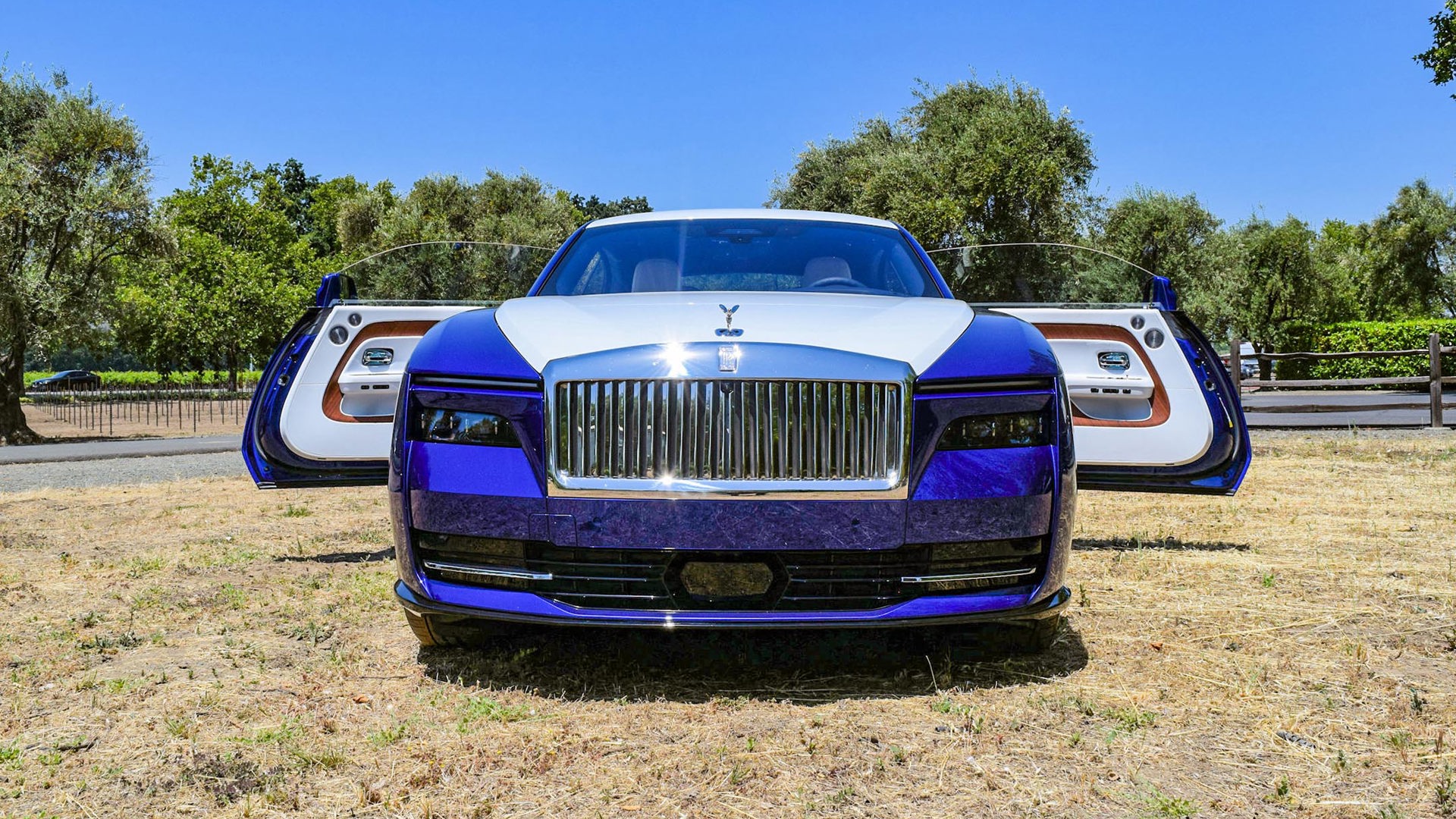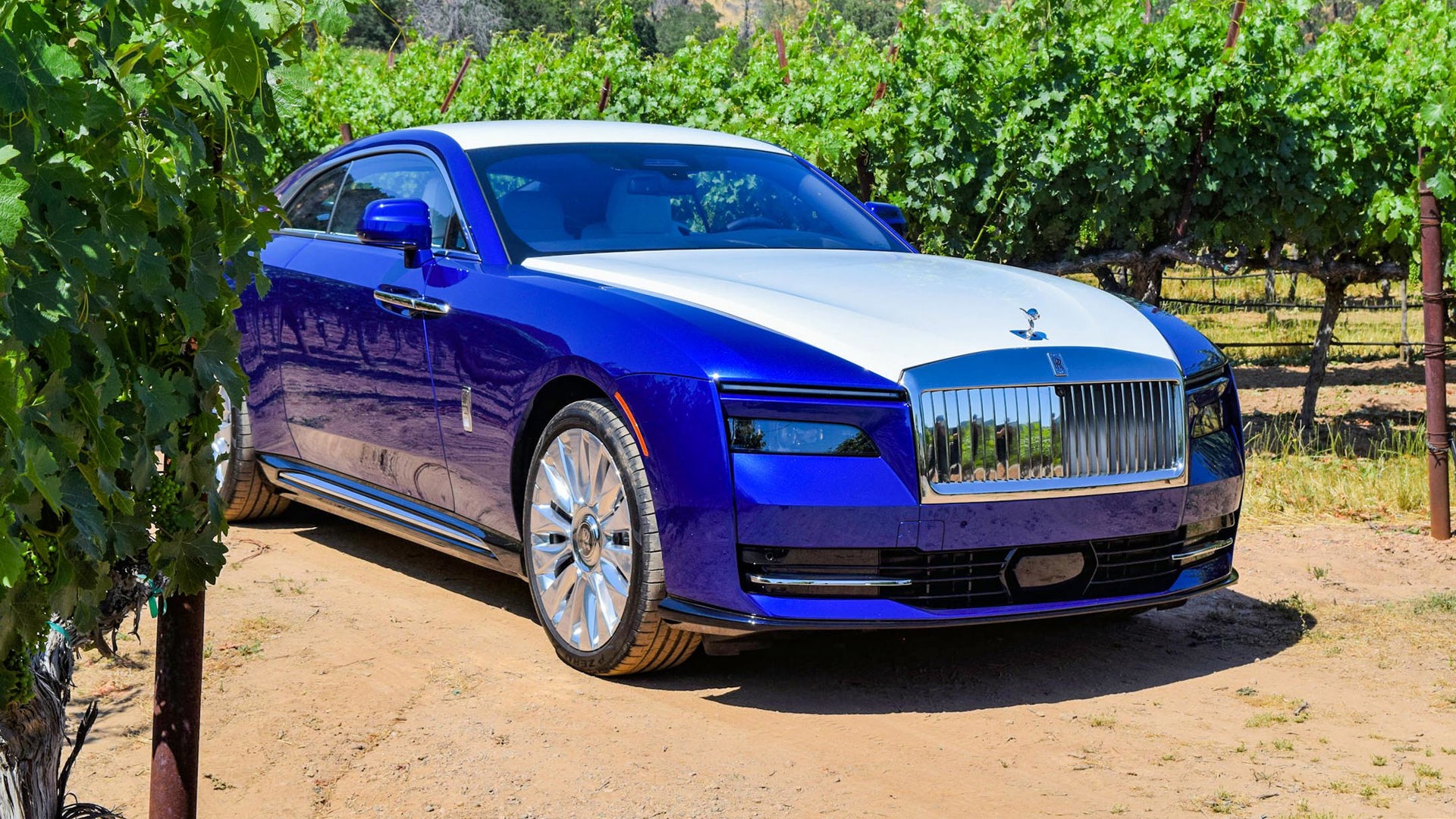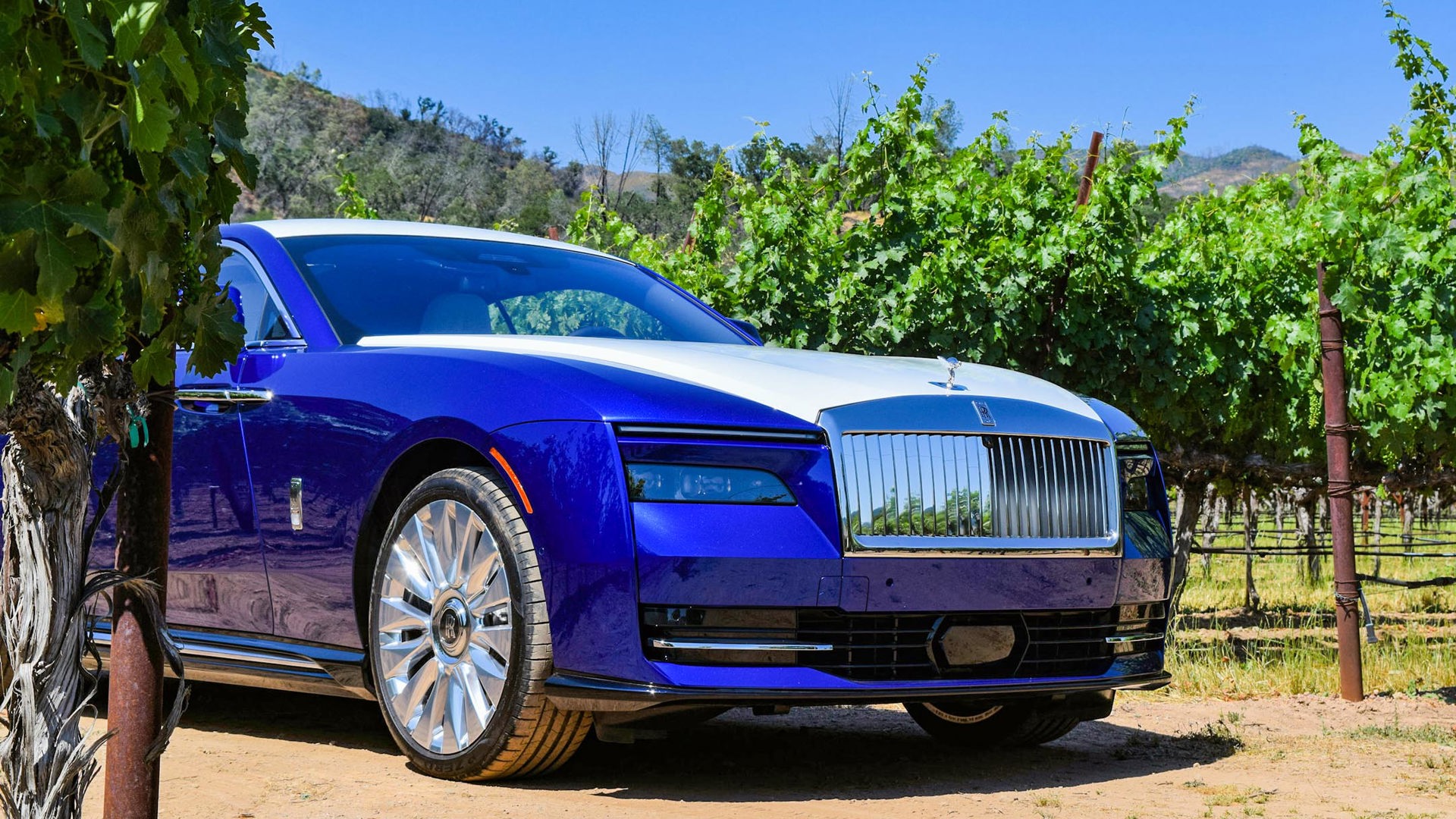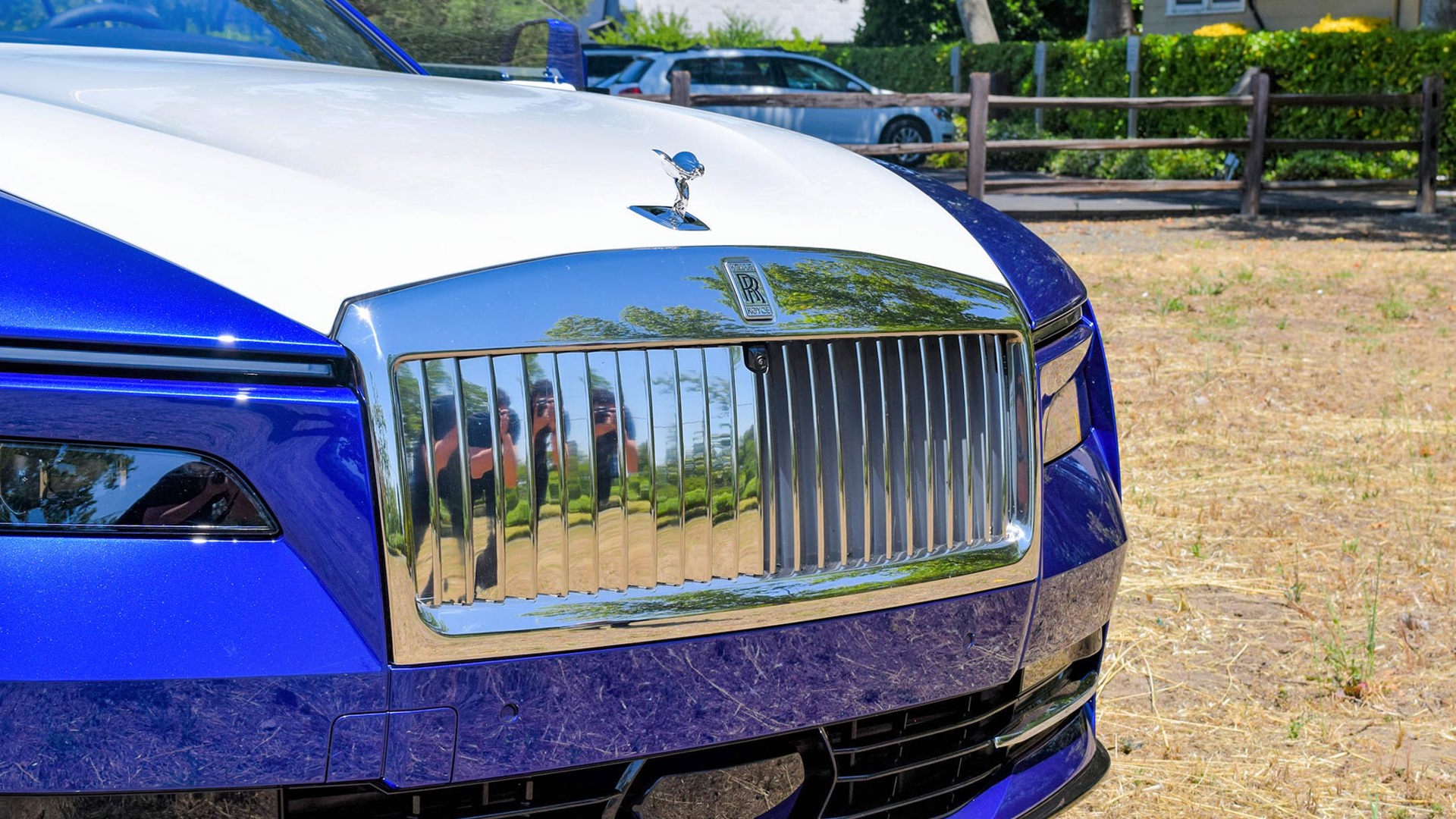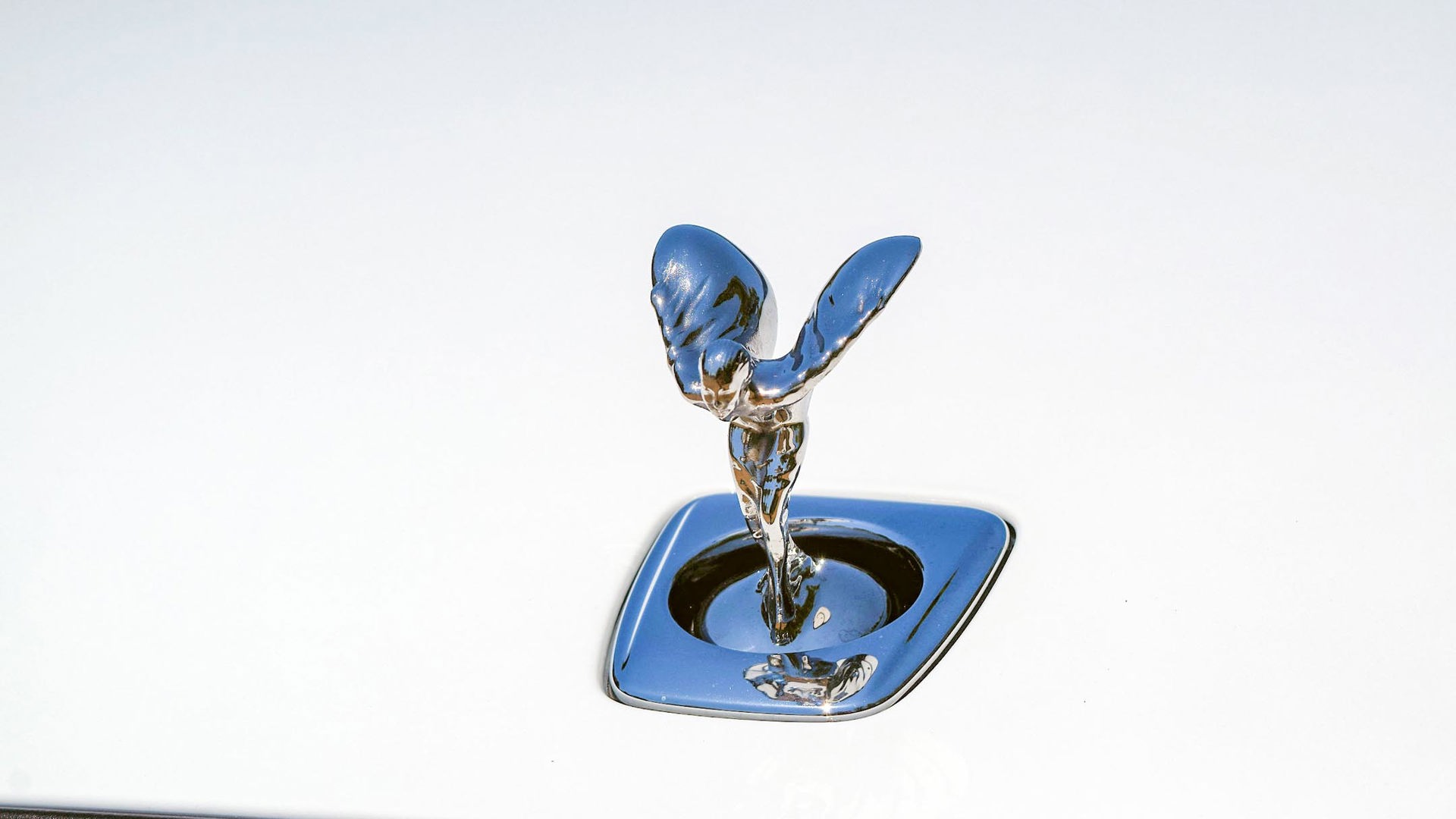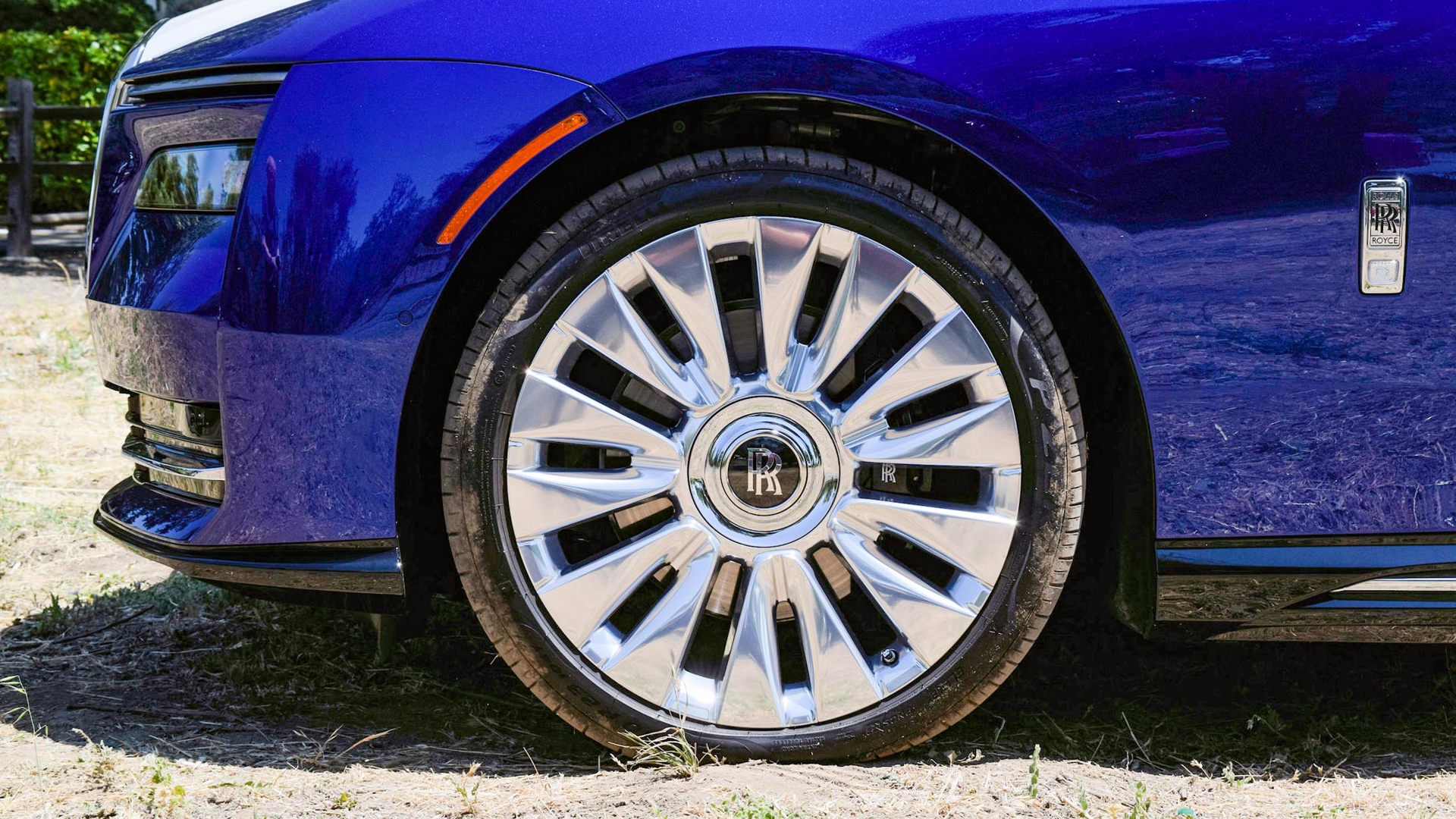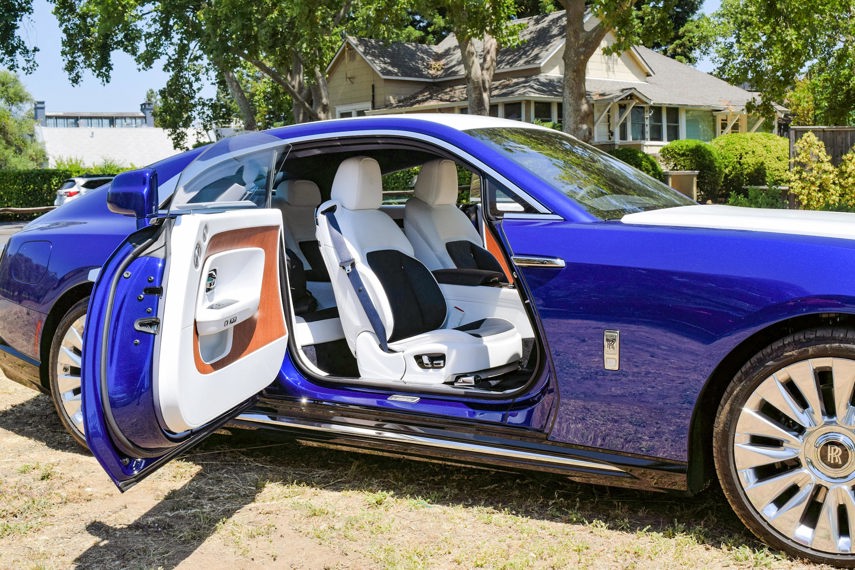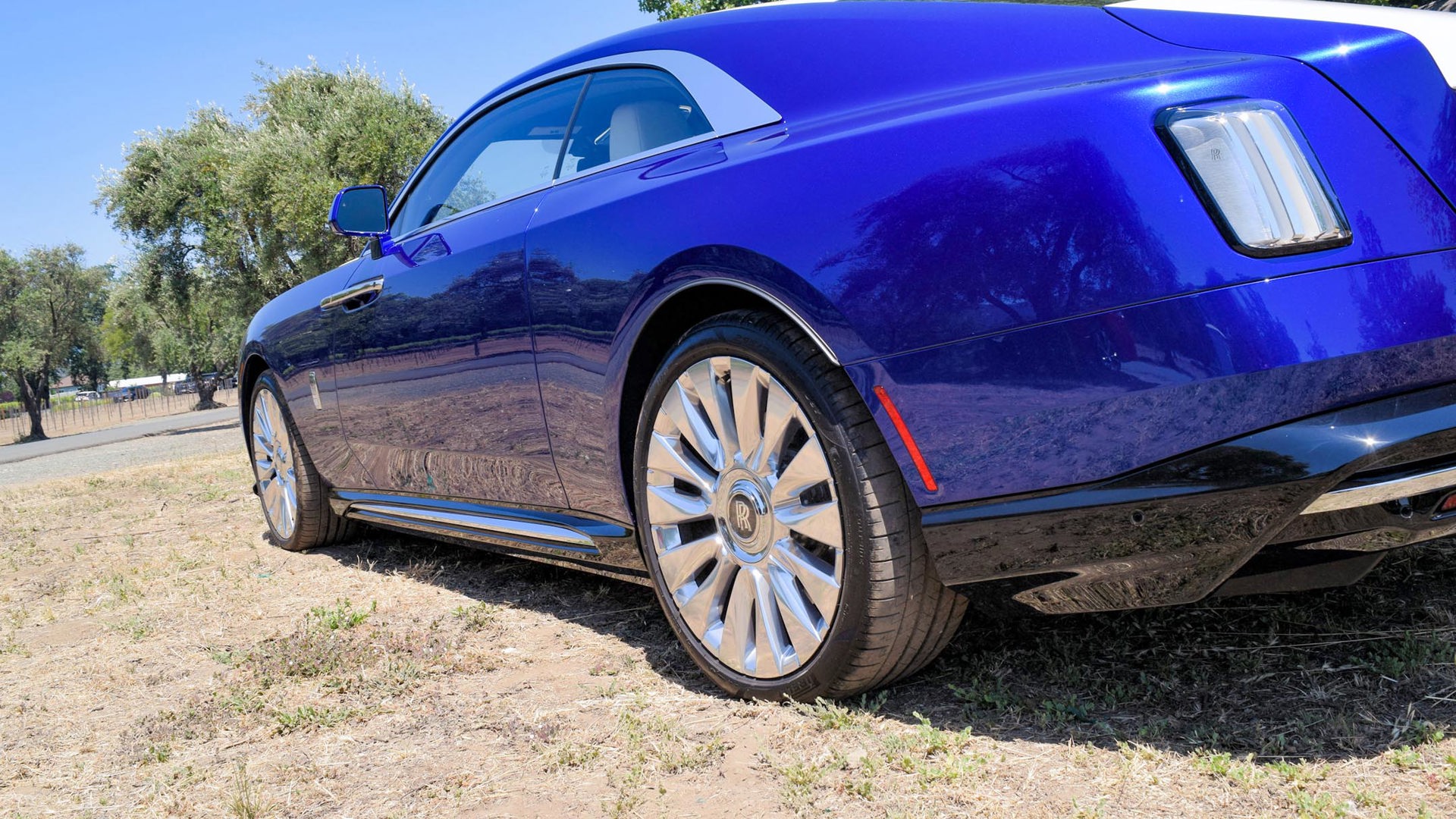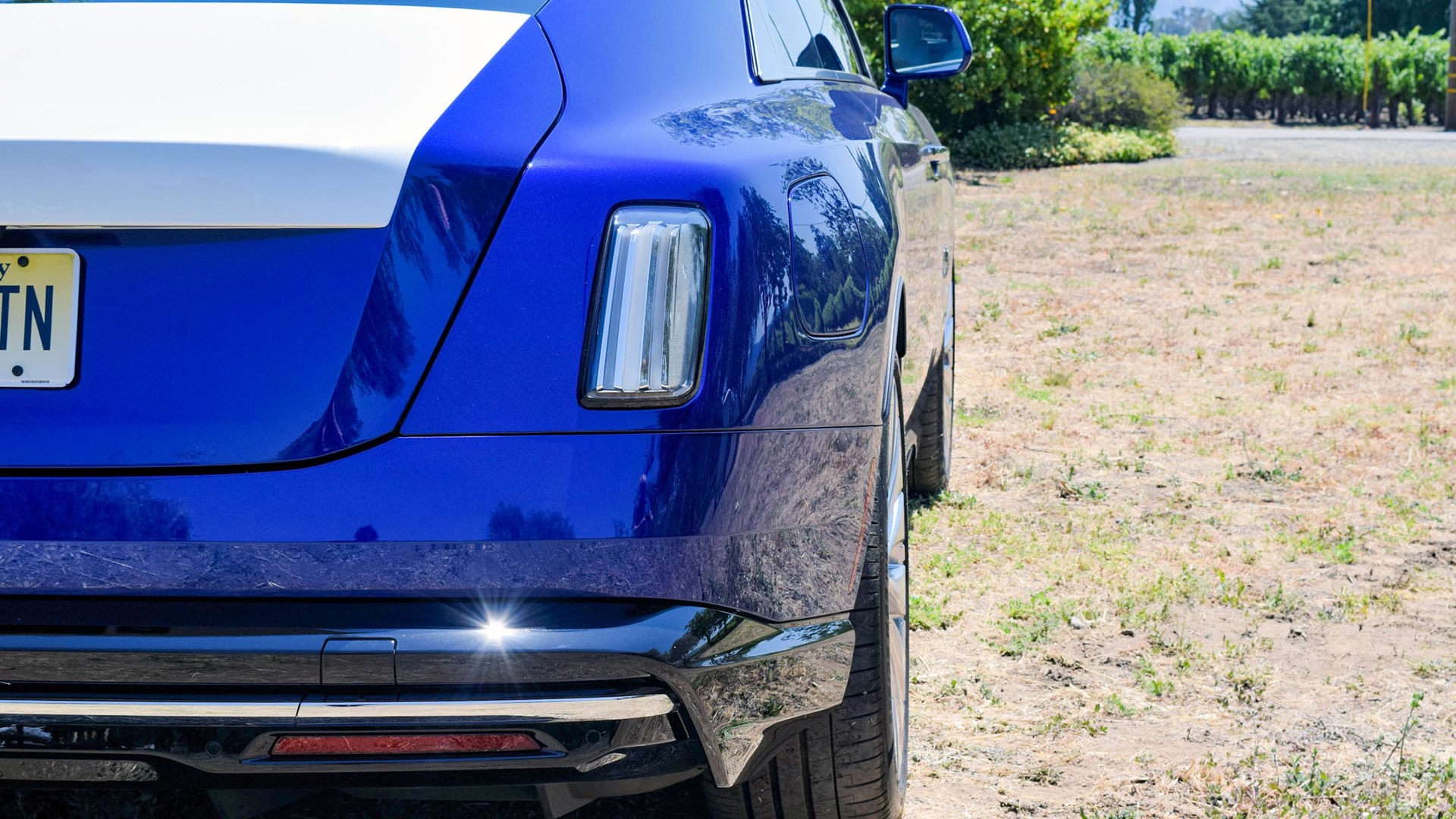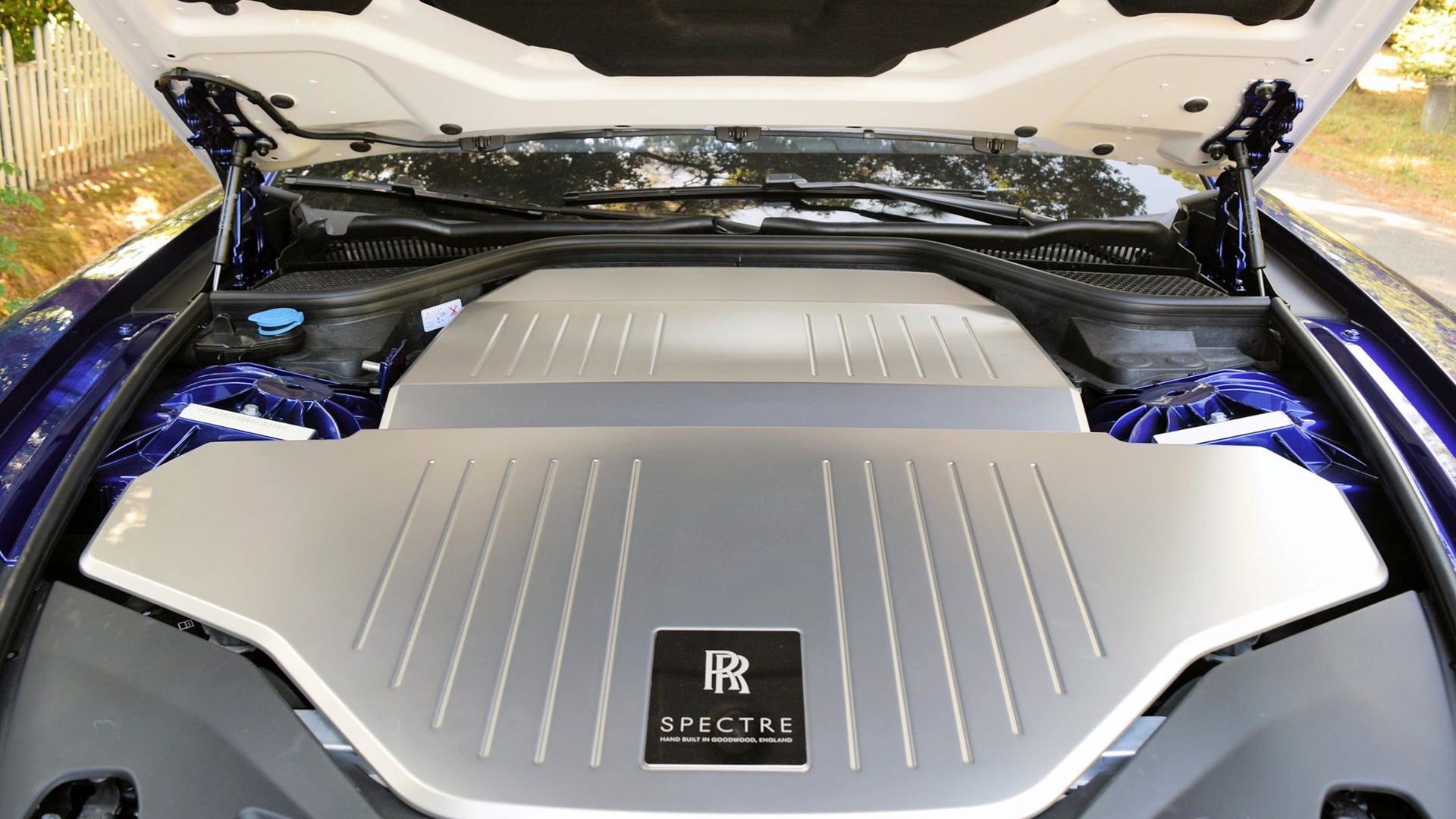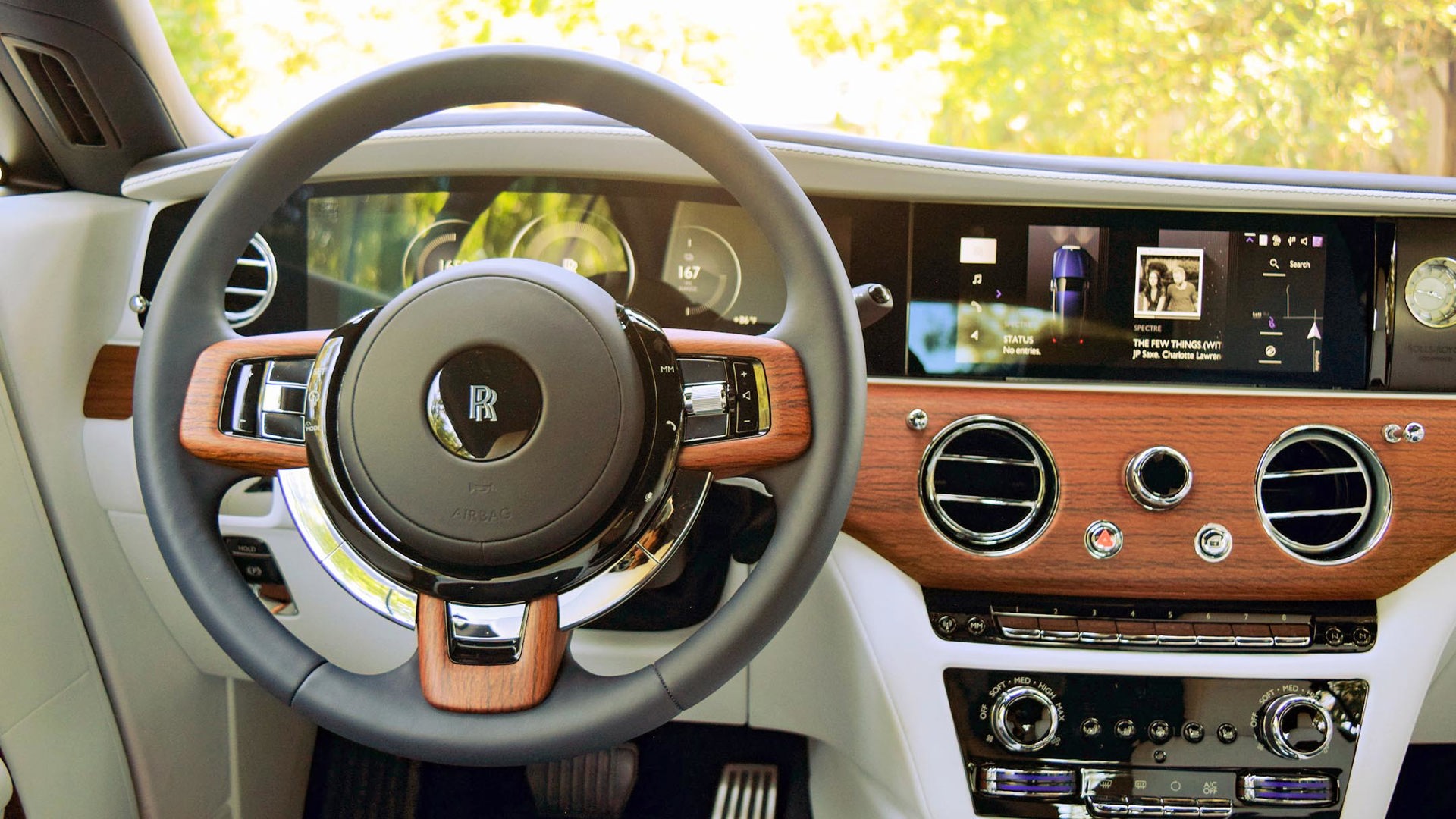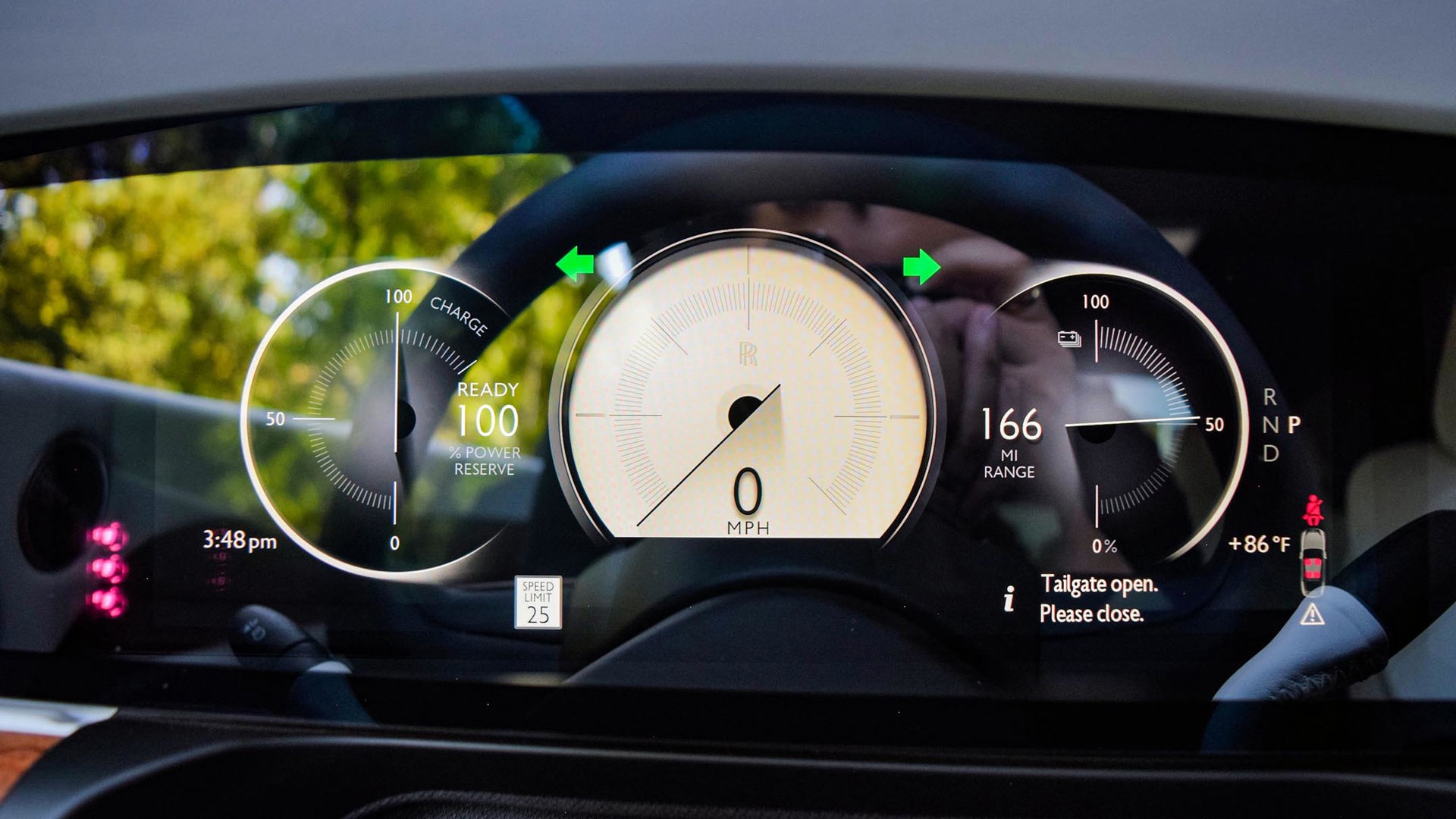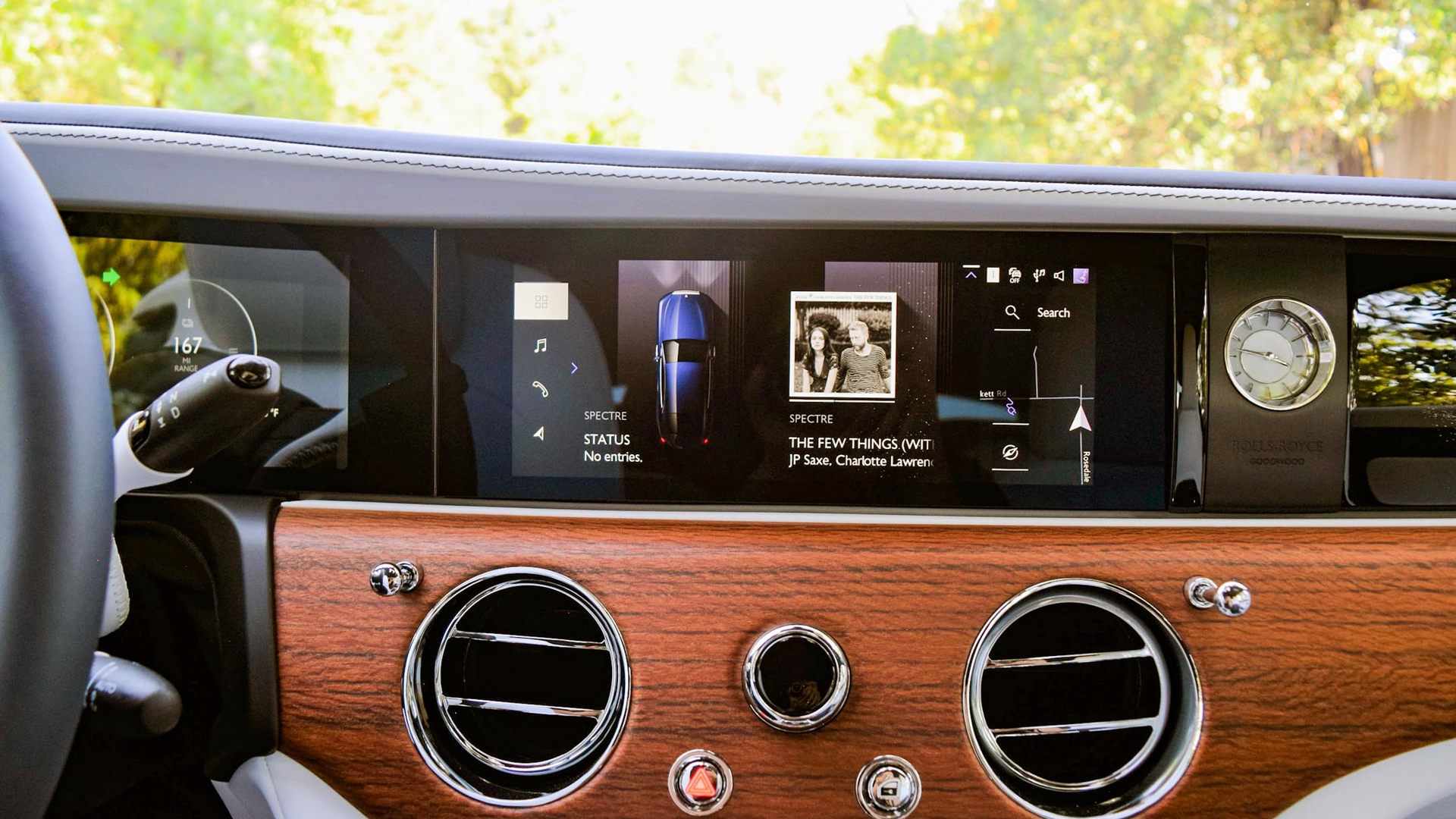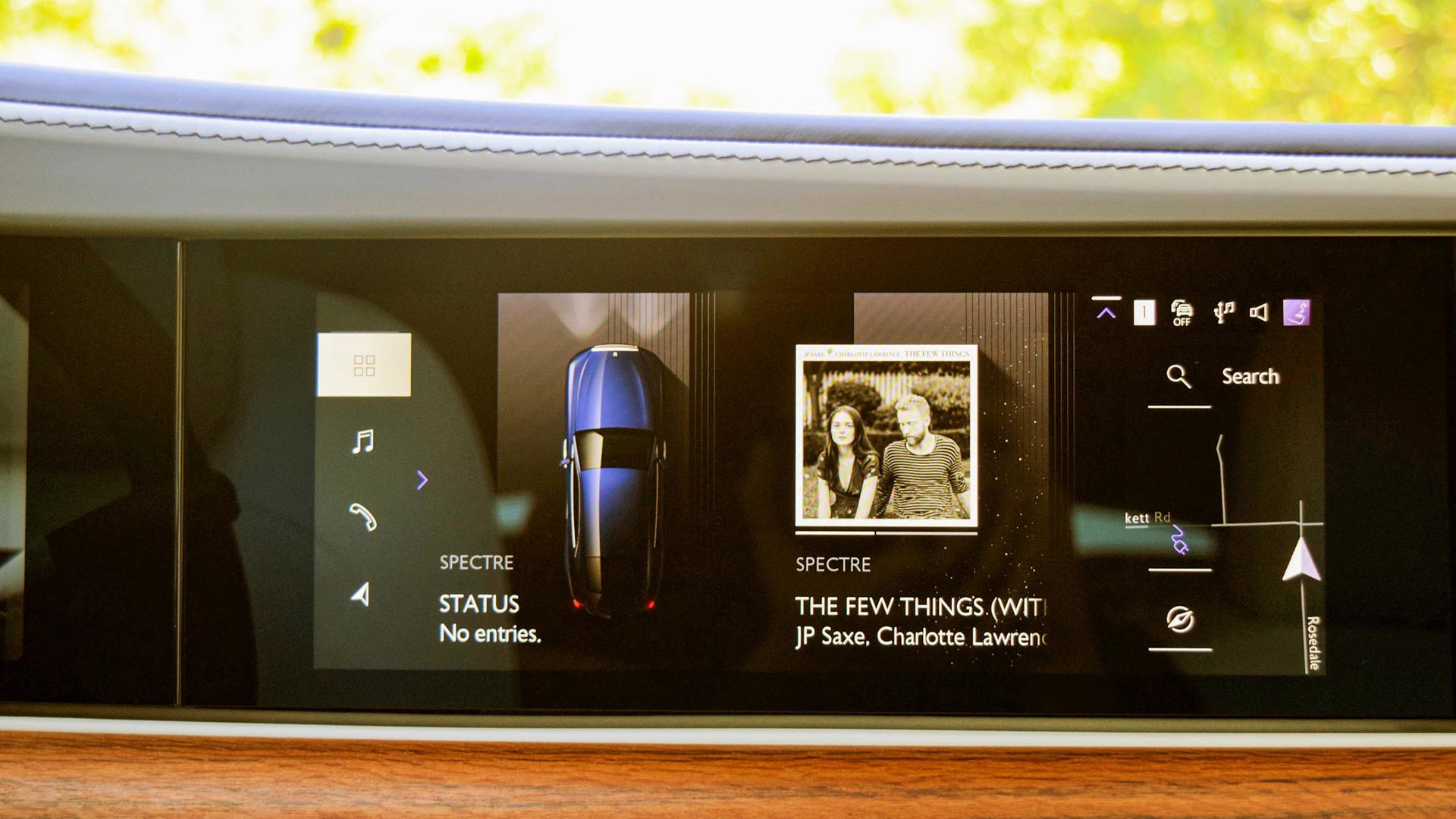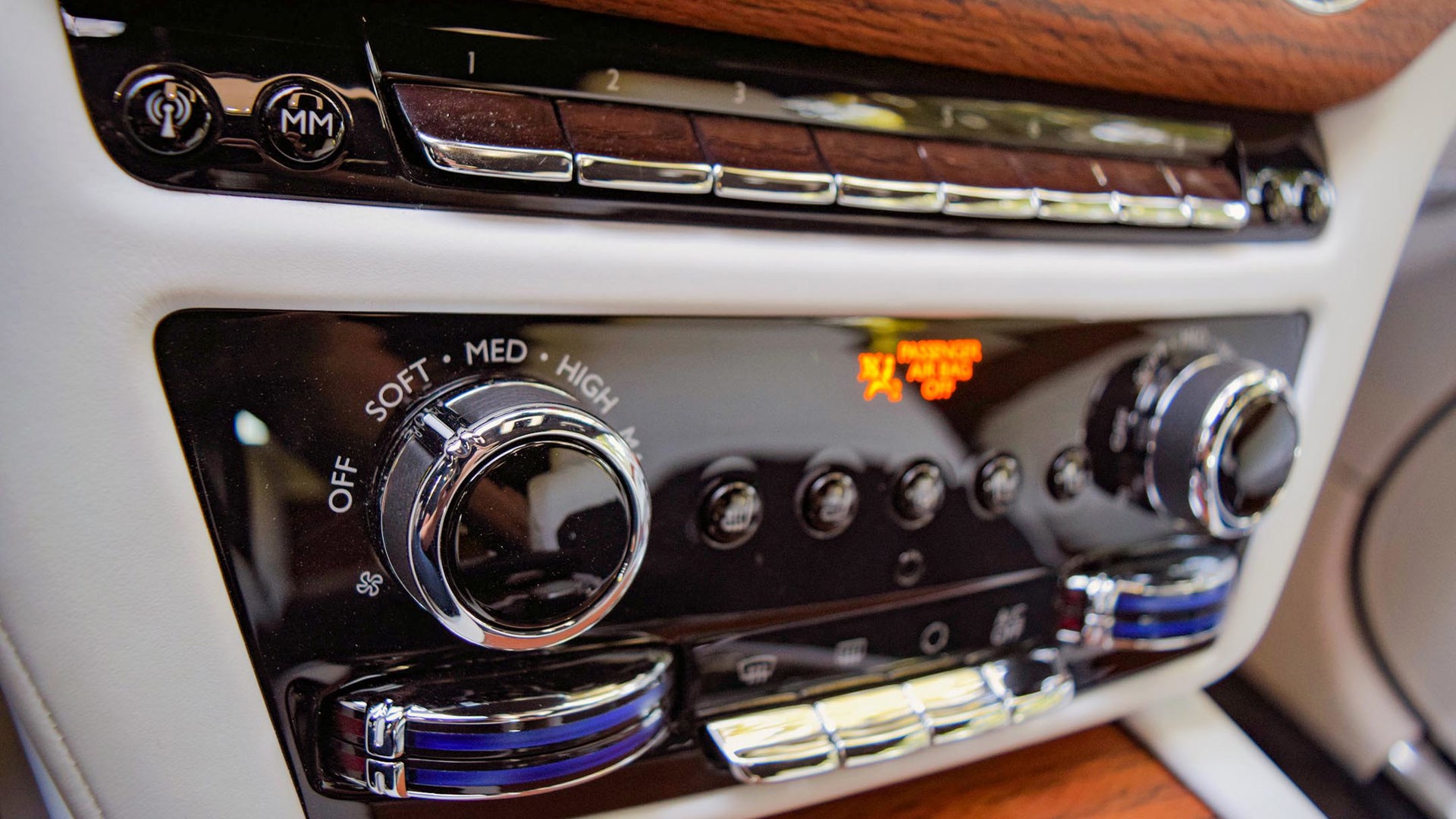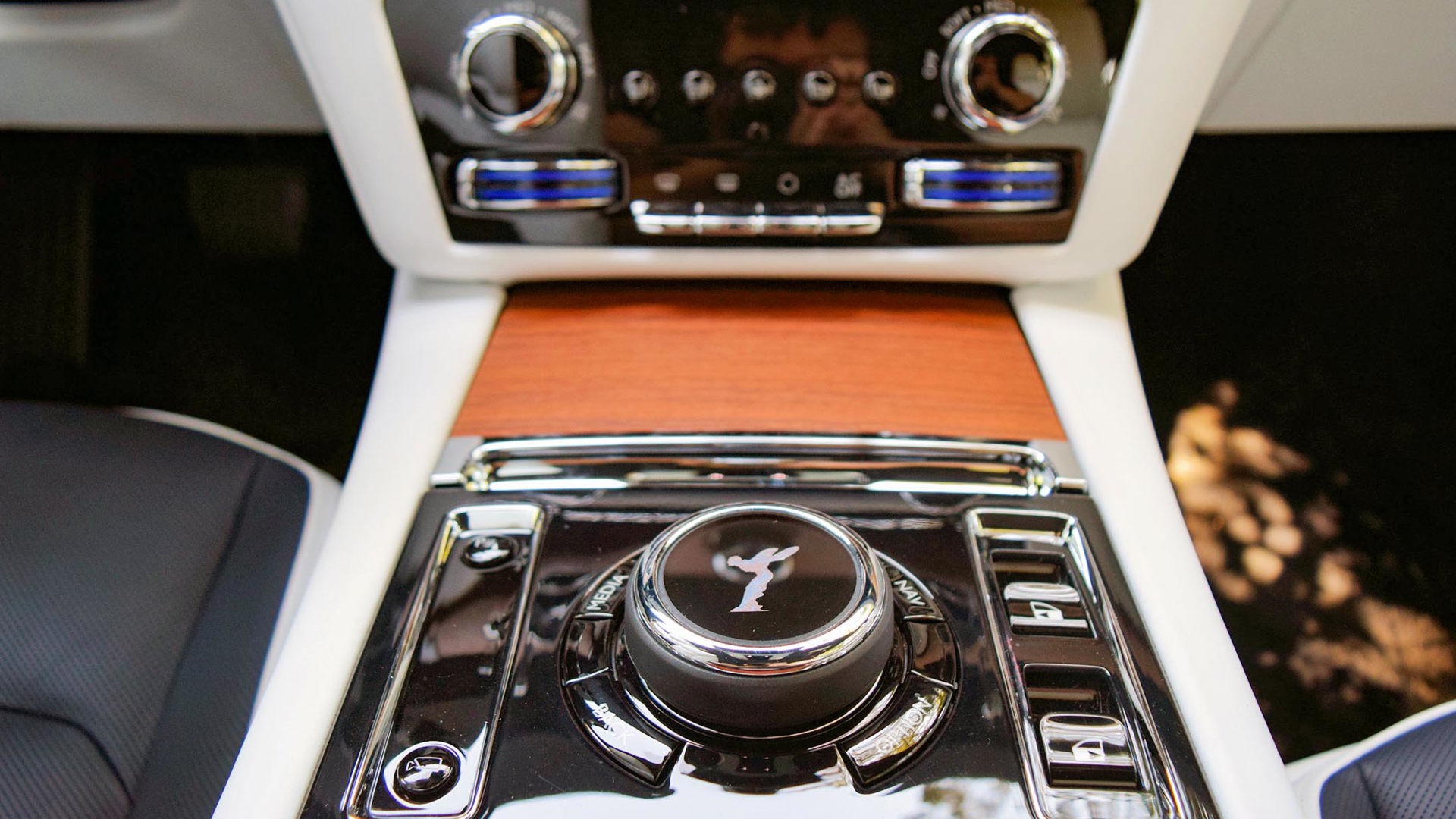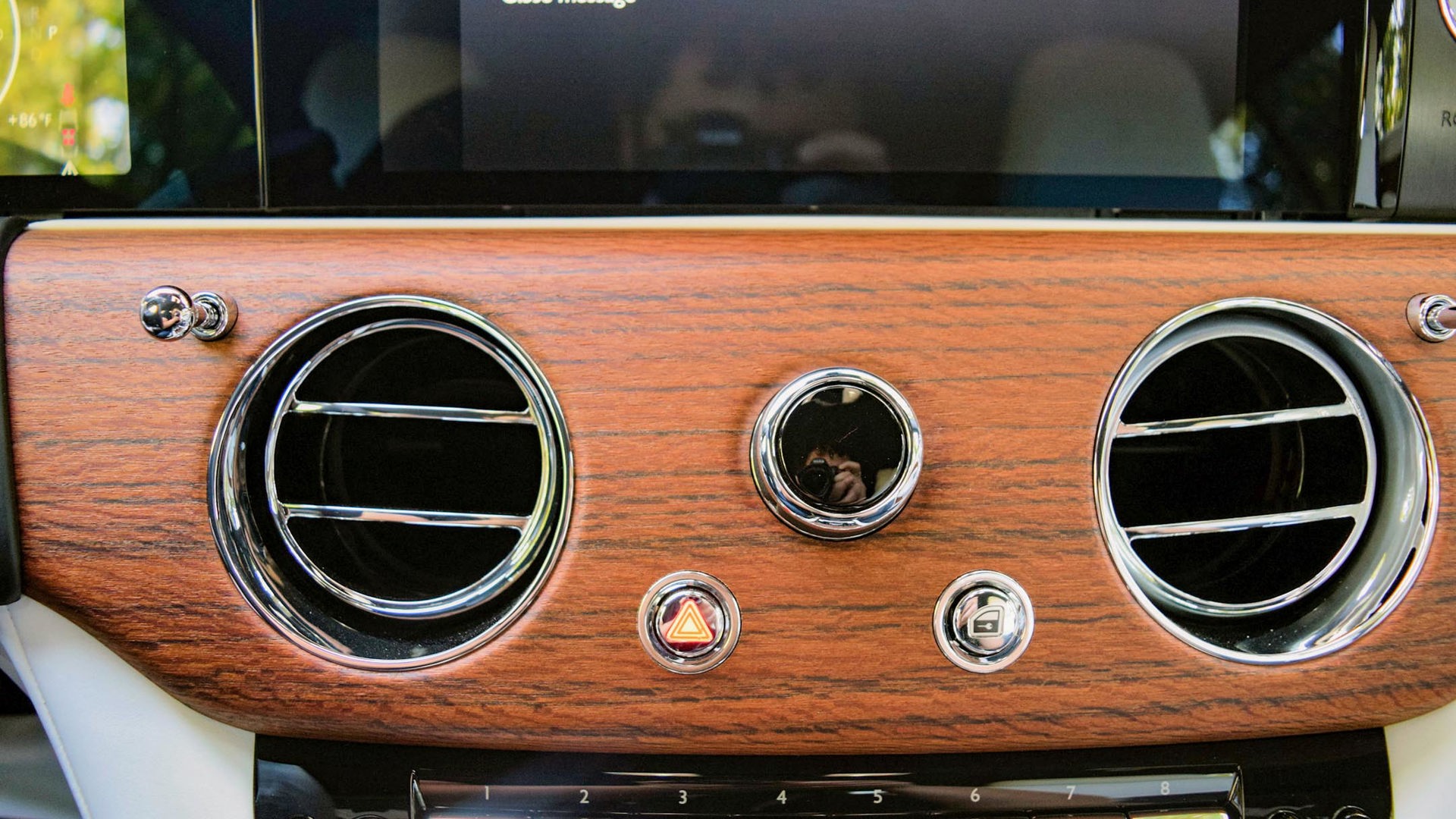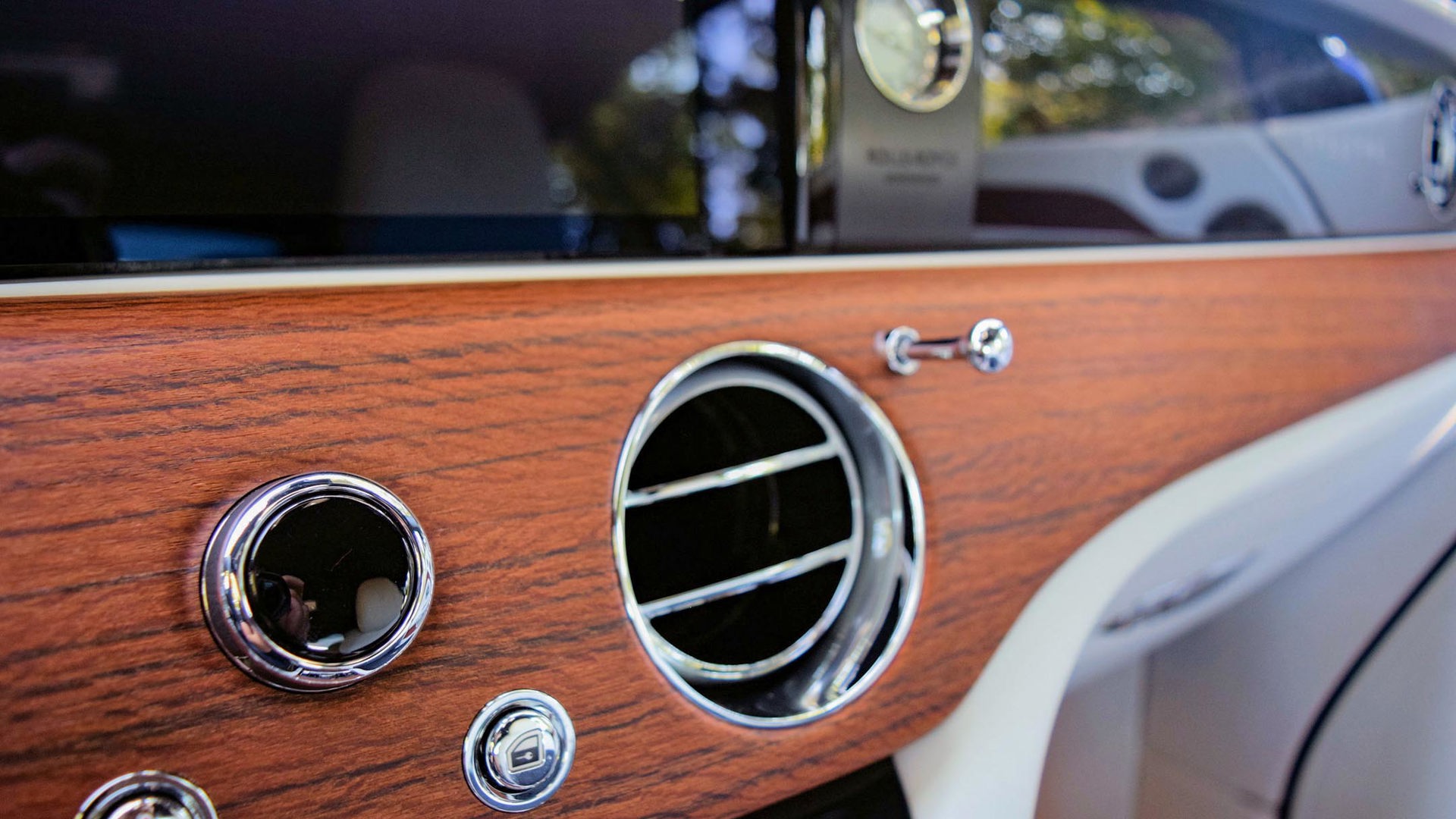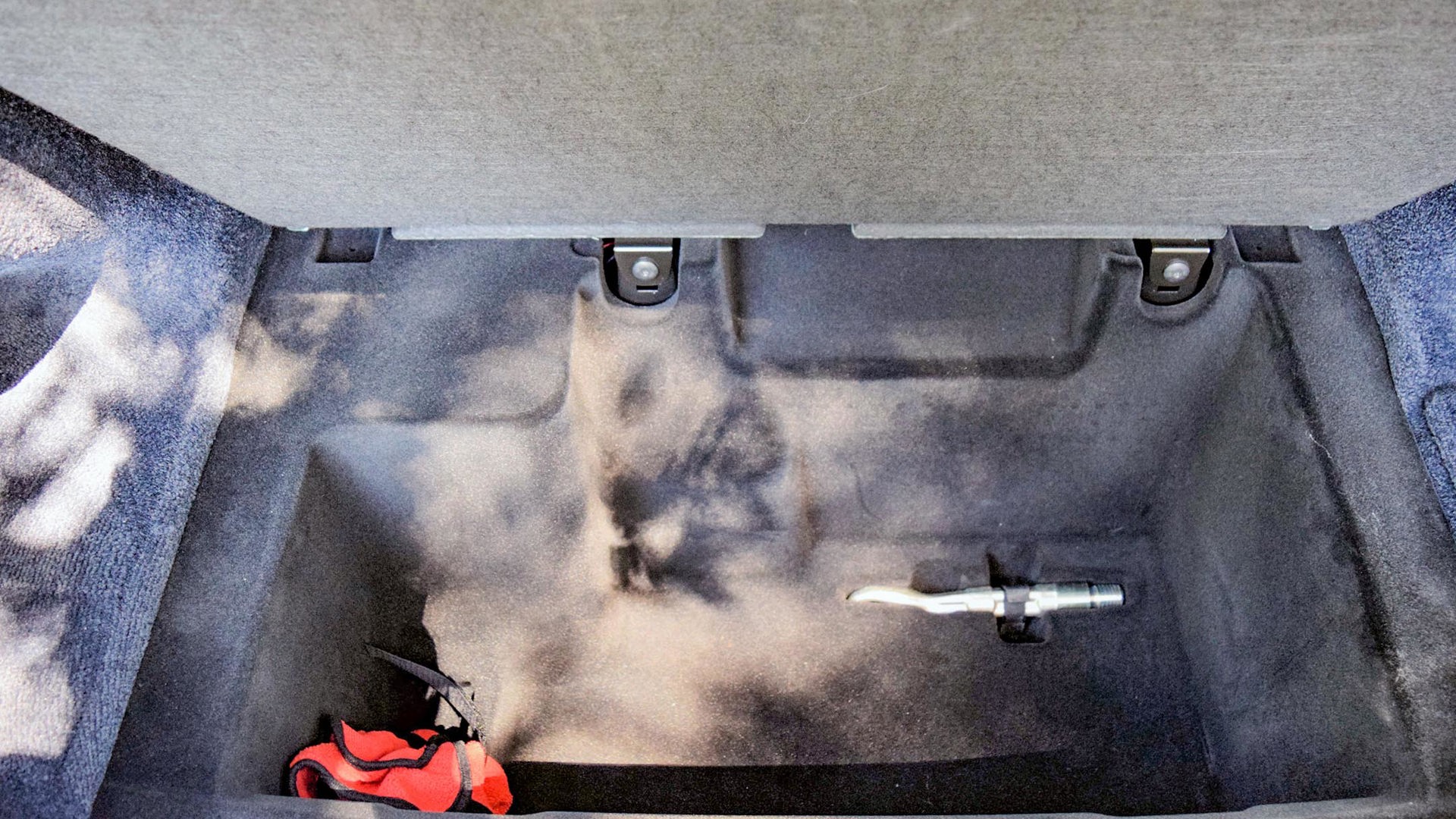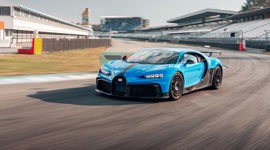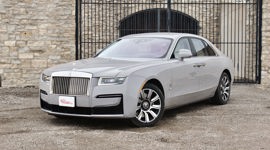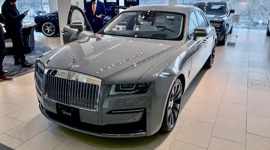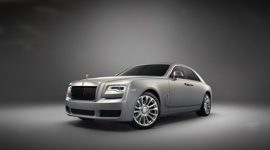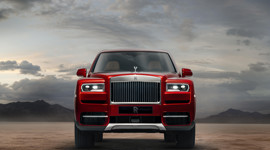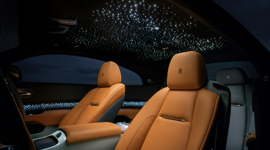Driving the Rolls-Royce Spectre convinced me that all other high-end luxury electric vehicles have been approaching the segment entirely wrong. While Mercedes, BMW, Porsche, Lucid, Cadillac, Hummer, Tesla, and others are eager to sell you an all-electric vehicle (EV) with the biggest batteries, fastest acceleration times, longest ranges, and most high-tech cabins, Rolls-Royce reminds us that true luxury comes with the experience, not just the product.
Consider what Sir Charles Rolls once said about EVs. “The electric car is noiseless and clean,” he said. “There is no smell or vibration.” While this quote is dated 123 years ago, it’s amazing how well it has held up. Even back then, they knew electrification would elevate the luxury experience without even taking into account speed or range. Speed, power, and efficiency have never been a consideration for shoppers of gas-powered Rolls-Royces, so why would that begin with the all-electric Spectre?
Today, Rolls-Royce can execute Sir Rolls’ vision of EVs and do so without compromising on the opulent tenets that define the coachbuilder today. Before this thing could be defined as an impressive electric car, it had to be a true Rolls-Royce, and that means surpassing the bar set by any other automaker, practically ignoring the rules set out for EVs before.
Why Range and Charging Don’t Matter
If you’re feeling perplexed about why Rolls-Royce can skirt concerns like range anxiety, contemplate the company’s typical clientele. Folks who own a Rolls typically have other cars or modes of transportation (private jets or chauffeured limos, perhaps) they can pilot if they need to travel long distances, so while the 418-km range of the Spectre seems average, it doesn’t matter to those privileged enough to purchase one.
Additionally, while the Spectre supports charge speeds up to 195 kW, the automaker says its customers weren’t too interested in using public chargers and were more enthused about the concept of doing all their charging at home. Luxury means not having to go out of your way.
Instant Torque Doesn’t Mean Tire-Shredding Performance
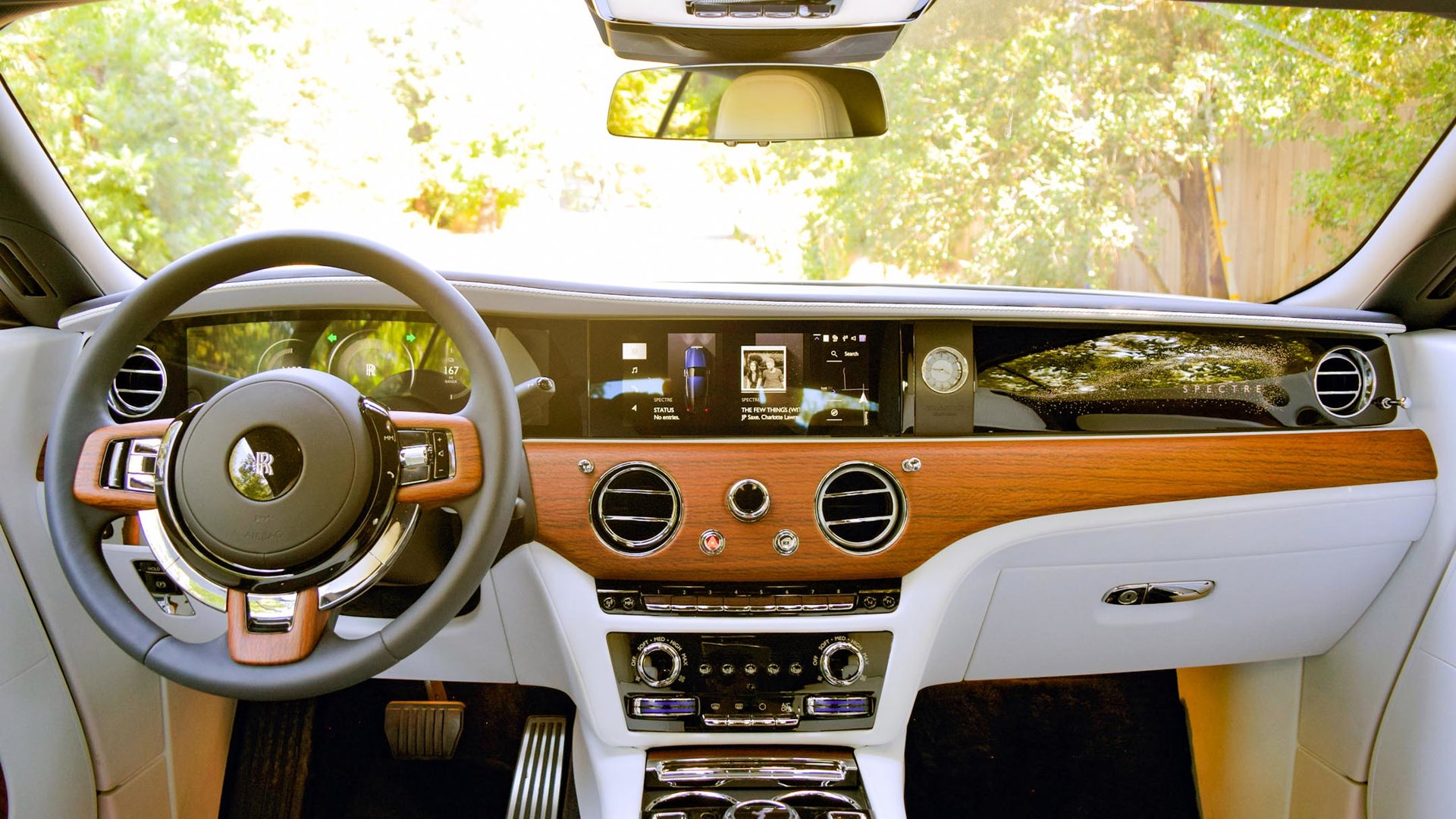
There’s no denying that the Spectre feels like a Rolls-Royce on the road, rather than just another pricey EV. Consider how the Tesla Model S, Porsche Taycan, and even Lucid Air promote their performance with neck-snapping instant torque and sub-3-second zero-to-100-km/h times. If you ask the folks in Goodwood, that kind of behaviour is unbecoming of a true luxury car.
Instead, the Spectre has a muted throttle response and metered delivery of torque off the line, letting it elegantly whisk its passengers away. Highway velocity arrives in about 4.5 seconds, which is certainly quick enough for any scenario on the road. With 584 hp and 664 lb-ft of torque, the electric powertrain is comparable to the V12 motors found in the Ghost and Cullinan, and more than capable of motivating the 2,890-kg coupe.
Does It Matter How Heavy an EV Is?
As elegant as that performance is, a Rolls-Royce is more than just its powertrain. While the smooth power delivery and lack of gear changes feel impressive, it’s the ride quality that seals the deal. The 102-kWh battery is integrated into the structure of the vehicle, making it stiffer than any vehicle Rolls-Royce has ever made. The battery adds to the weight of the car, which provides a reassuring heft but can also muddy up a vehicle’s composure, especially on winding roads or when hitting the brakes.
But there are engineering solutions at play to mitigate the impact of the battery and mass of the vehicle. For example, a heavy vehicle may rock and sway in an unbecoming manner when hitting potholes or road imperfections. The Spectre features anti-roll bars that automatically decouple when driving on straight roads, which gives the wheels independent travel and a smoother ride. The anti-roll bars reconnect as soon as a corner is detected, something that is computed using more than 20 parameters.
The rear-wheel steering of the Spectre also helps it feel more nimble than its size and weight might suggest. As we tested the coupe through the winding roads around Napa Valley, the steering felt responsive and light despite the coupe’s size and weight.
Aerodynamic Efficiency Doesn’t Mean Melty Jellybean Design
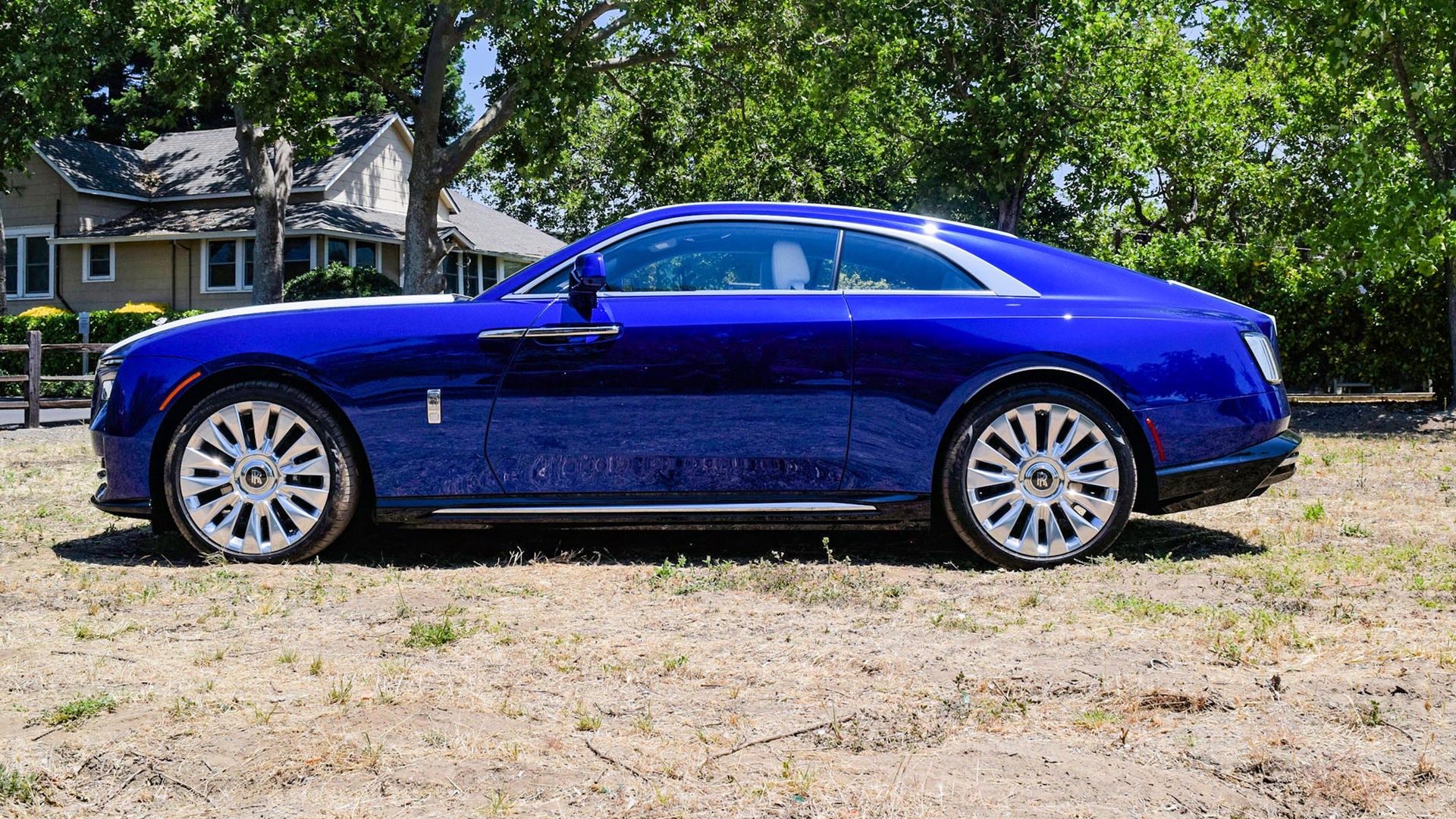
Many other pricey EVs (except maybe GMC Hummers) feature relatively styleless, smooth, pod-like exterior profiles. The point is to increase efficiency by allowing those vehicles to slip through the air with less friction, but when a buyer is spending so much money on a premium experience, style plays a bigger role.
The Rolls-Royce Spectre features a similar design language as the Ghost. The automaker calls it “Sheer Monolithic Beauty,” with Anders Warming, Director of Design at Rolls-Royce, saying the sheer surfaces of the two-door remind him of “unmitigated shapes, like cliffs or bluffs that have been willed out over time.” As a result, the Spectre stands out with a timeless design that’s easily identifiable.
It wasn’t easy to achieve this look, but knowing Rolls-Royce, it wouldn’t have taken the easy route anyway. The coupe has five-foot-long doors, which are the largest coach doors ever fitted to a Rolls. Fortunately, they’re motorized so you don’t have to stretch to reach the door handles. Additionally, the body panel that runs from the A-pillar to the trunk is, again, the largest single body panel ever fitted to a Rolls. Huge 23-inch wheels with self-aligning caps ensure the coupe always looks runway ready. The large illuminated grille is also the widest ever on a Rolls-Royce, but the vehicle is so well proportioned that it doesn’t look garish and out of place.
The vehicle also has an updated Spirit of Ecstasy hood emblem that has a lower stance for aerodynamic optimization and is just one detail that helps the vehicle achieve a competitive 0.25 coefficient of drag.
EVs Interiors Don’t Have to Feature Huge Digital Screens
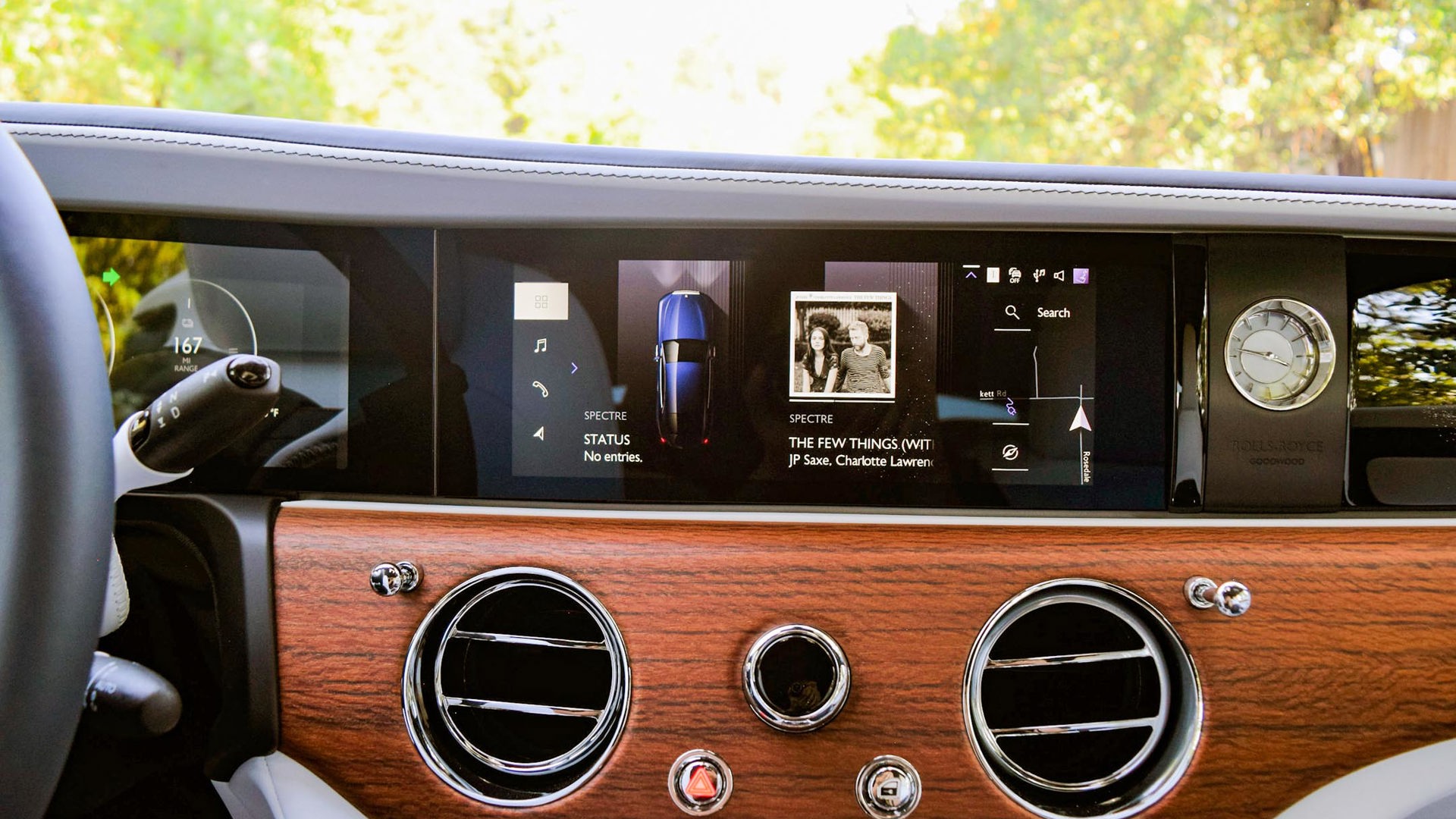
One trend that’s dominating the industry is the emphasis on large infotainment screens that dominate the dashboard and limit actual interior design. Here, the infotainment screen is neatly embedded into the centre of the dash and isn’t a focal point of the cabin. There are physical controls for everything, making interacting with the car that much more pleasant due to the instant gratification.
Instead of being filled to the brim with distracting information, a new digital gauge cluster features an elegantly minimalist three-circle design. Even cooler, the colour scheme of the digital display can be customized to match the exterior or interior of the vehicle.
The dash features an illuminated fascia that lights up the Spectre nameplate. The Starlight headliner provides a starscape in the evening hours, letting passengers wish upon their occasional shooting stars. The Spectre extends this design to the door panels, which can also be lit up by 4,796 illuminated stars.
Rolls-Royce also offers gorgeous Canadel wood panelling in a variety of finishes, even angling them so that the grain matches across different panels. Big, responsive screens are nice, but elite luxury shoppers want attention to detail and warmth, something that’s tangible throughout the Spectre’s cabin. To further enhance that feeling, bespoke customization and whimsical appointments are a major emphasis and are available on almost every element of the vehicle.
The Foundation for the Future
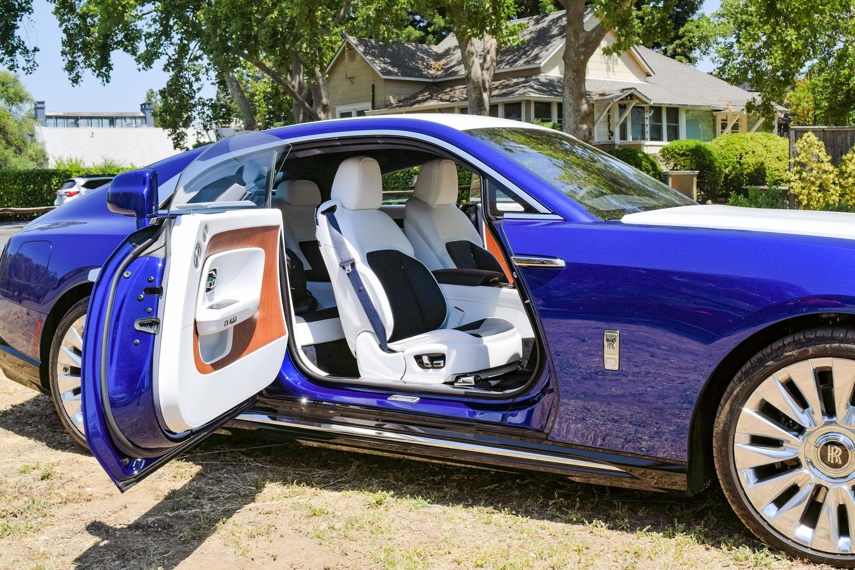
Rolls-Royce says it’s committing to the electric future, as all models in its lineup will need to be electric by 2030. To prepare, it had to frontload the work by implementing an incredibly robust testing program. The Spectre was subjected to a 2.5 million-kilometre trial in extreme climates and conditions, simulating 400 years of normal use, ensuring that the EV will be a luxury icon forever.
Having driven the Spectre and been chauffeured in it, my mind is blown. The lessons about electric vehicles that I’ve picked up over the years from other high-end automakers have been flipped on their head as Rolls-Royce delivers its first EV.
With a starting price of about $495,600, the Spectre isn’t comparable to other luxury EVs on the market, but when you consider that a Mercedes-AMG EQS tops out at about $200,000, that the Lucid Air demands $242,000, and the upcoming Cadillac Celestiq will feature an asking price north of $300,000, the Rolls-Royce still feels 10 times more refined and special than most other electric cars out there.
An elite luxury car doesn’t need to be concerned about issues like range, speed, practicality, and large screens. As Rolls-Royce has set the benchmark for luxury for more than a century, it’s natural for the Spectre to set the benchmark for luxury electric vehicles going forward.
